It was kind of nice to return to a city after our wildlife outing in Ranthambore. Jaipur, I think, was maybe the best choice for that return. It felt cleaner, quieter, and more manageable than the others we had visited. Part of that might be due to the fact that despite being founded in 1727, it was actually a highly planned city with a regular grid and cardinal orientation (roads run north-south and east-west). According to wikipedia (I can’t remember everything the guide said), this was part of a Vedic planning tradition designed to increase the comfort citizens.
So maybe it was the Vedic planning! Of course, it’s possible that we were simply adjusting to being in India. We had become markedly more proficient at haggling with rickshaw drivers and were more willing to venture out of the hotel to find food or see the sights. We were picked up at the train station by a rickshaw-wallah named Raju and we ended up hiring him to drive us around the next day and show us the sights. He had a little book that other tourists had filled with hand-written testimonials of his quality as a driver and a guide to the city. This was something we hadn’t seen before and it was definitely what convinced us to hire him. We visited a few sites with Raju: the Amber Fort, the Jal Mahal (Water Palace), and the Monkey Temple.
Before heading up into the hills to see the Fort, Raju had us stop off at the Iswari Minar Swarga Sal. It’s a large tower in the Pink City built to let royal ladies view the city from above without being seen themselves. The inside has a spiral that you walk up instead of a staircase and it gives you a great view of the city. The Pink City got its name because it was painted pink to celebrate the visit of the Prince of Wales in 1876 and they’ve kept it up ever since. To be honest, it’s not really a strong ‘pink’ so much as a ‘sickly adobe’. While the coloration was disappointing, the place itself was pretty cool. It’s still a very active marketplace that caters to mostly Indians. There are groups of foreigners here and there but most of the shops are clearly for locals.
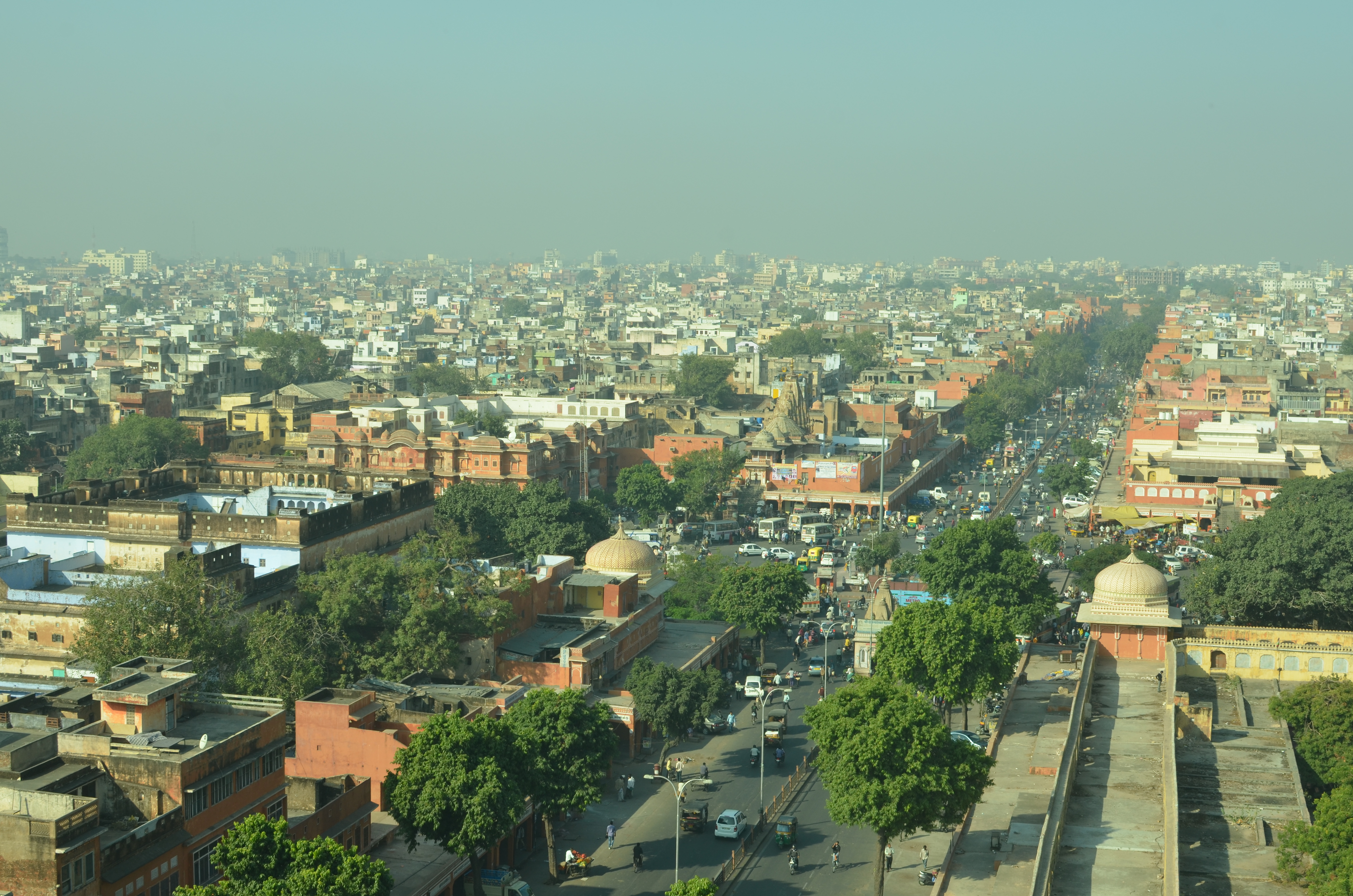
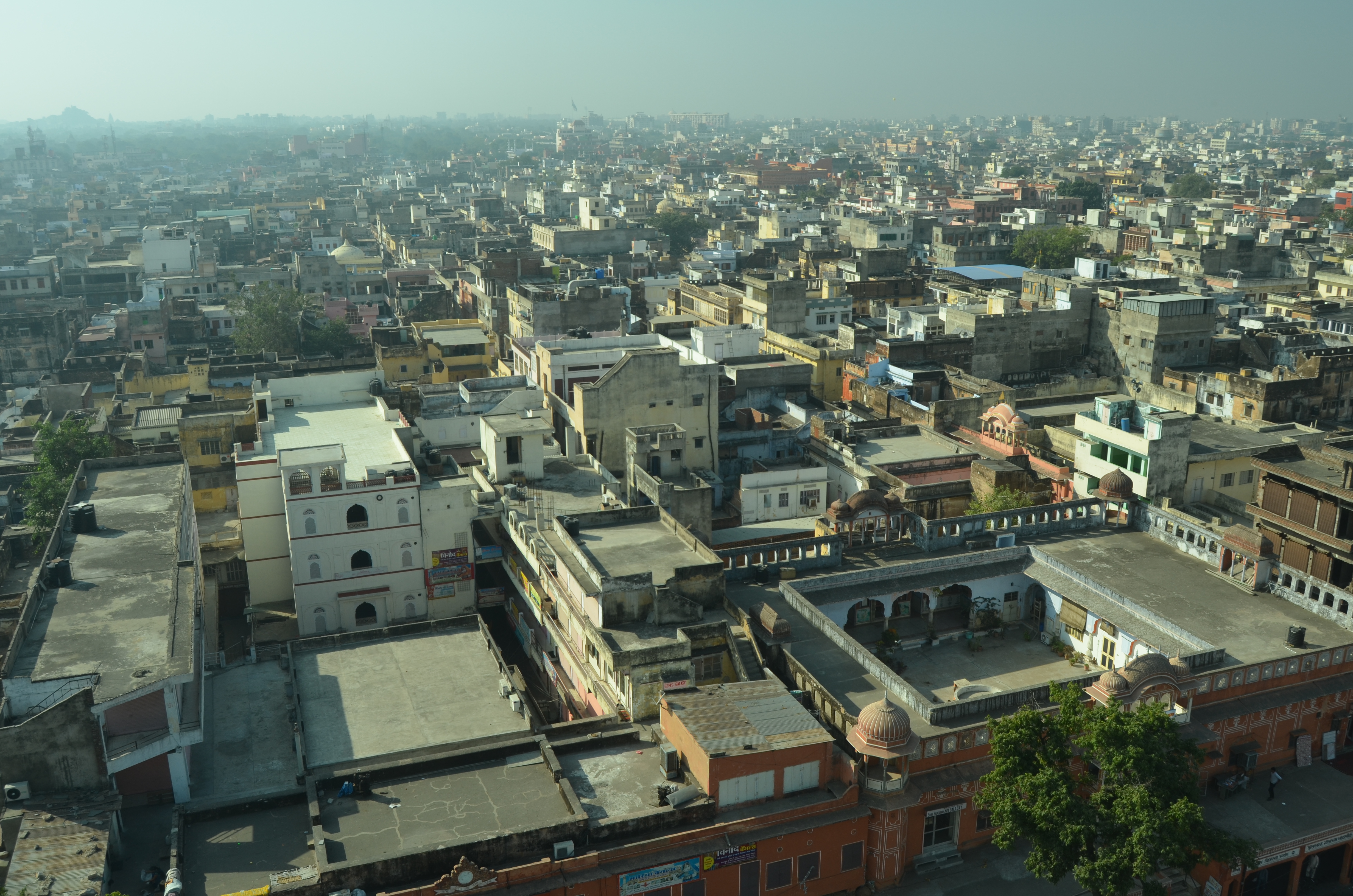
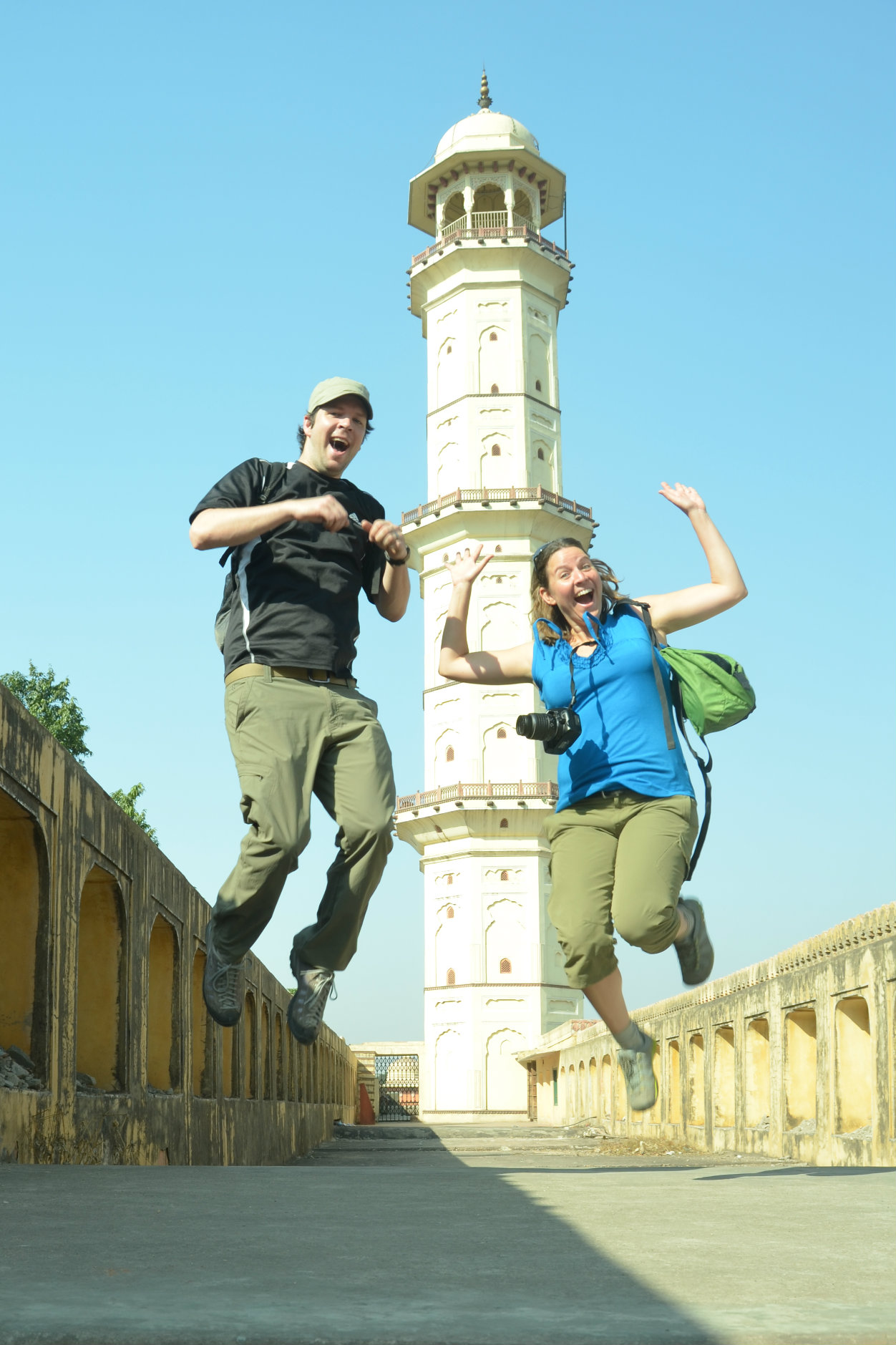
After the tower, Raju took us to the Royal Gater Tombs, where a king and some of his family are buried under tons of marble and other stone. It was very peaceful and the architecture was lovely.
Next stop for us was the Amber Fort. This was only our second fort in India after the Red Fort in Agra. I think this one was much cooler and much more interesting. We hired a guide to show us around for an hour and got some nice explanations of what was what. We took a ton of pictures but the ones below more or less represent what we saw.
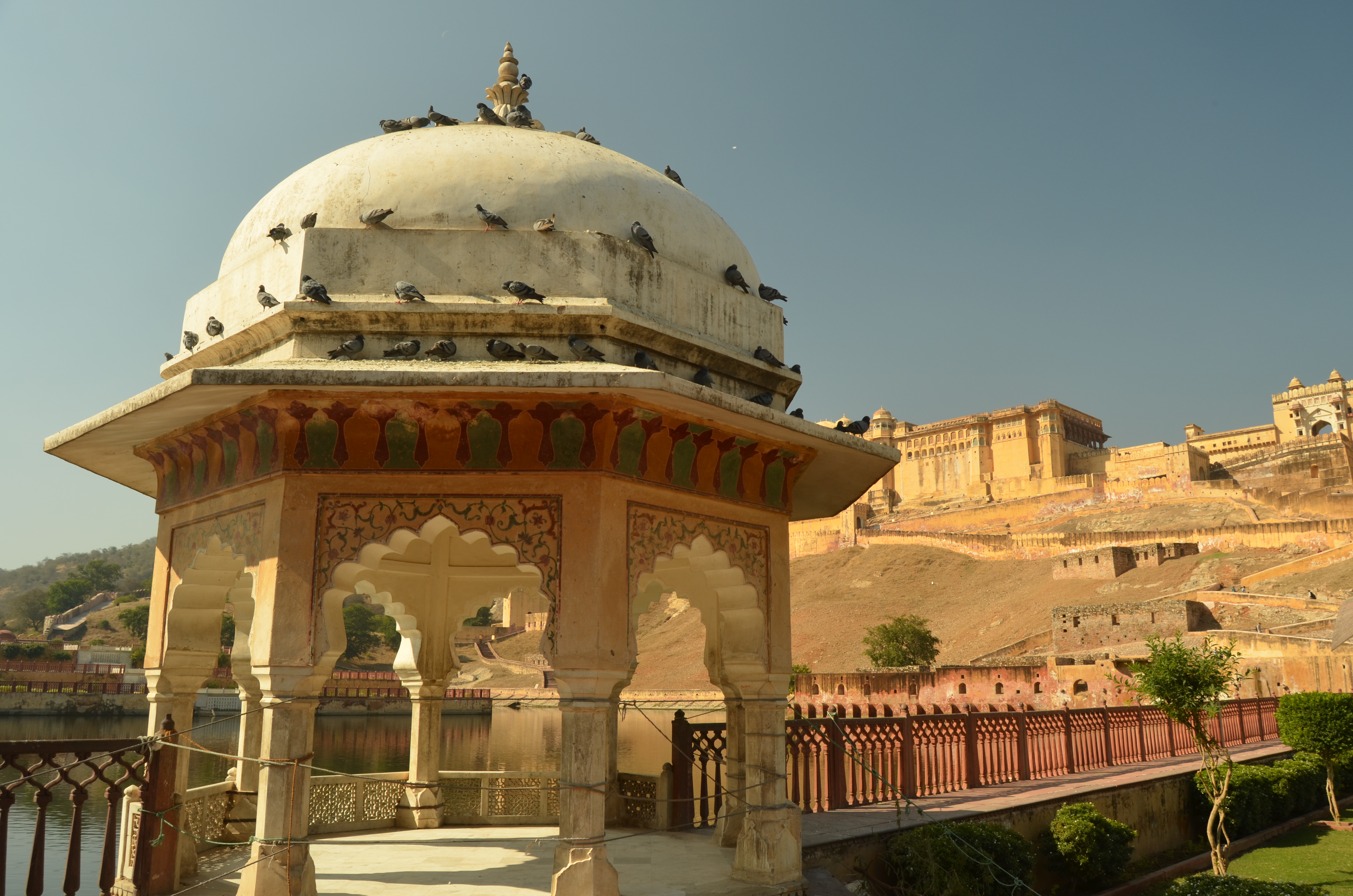
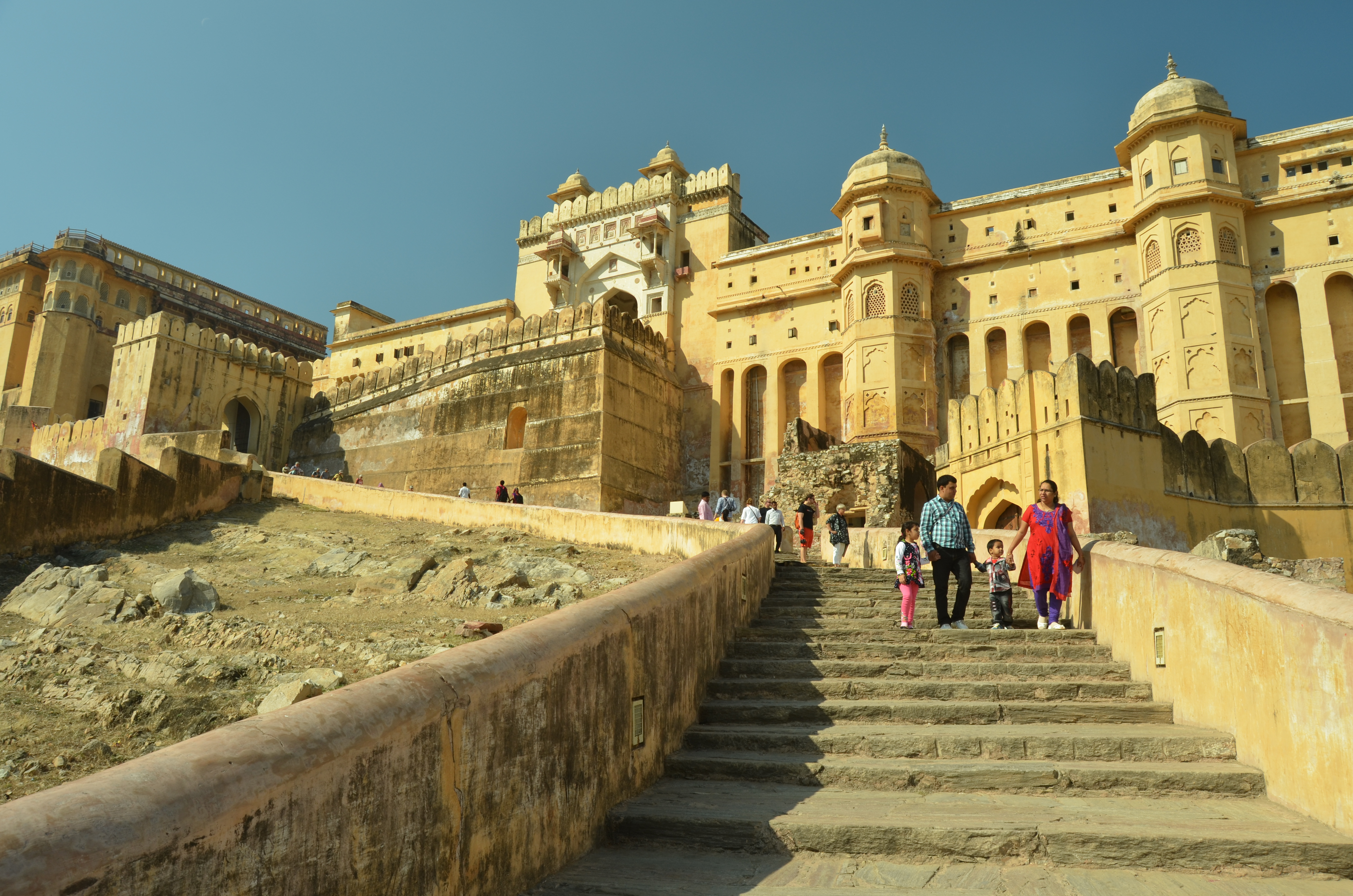
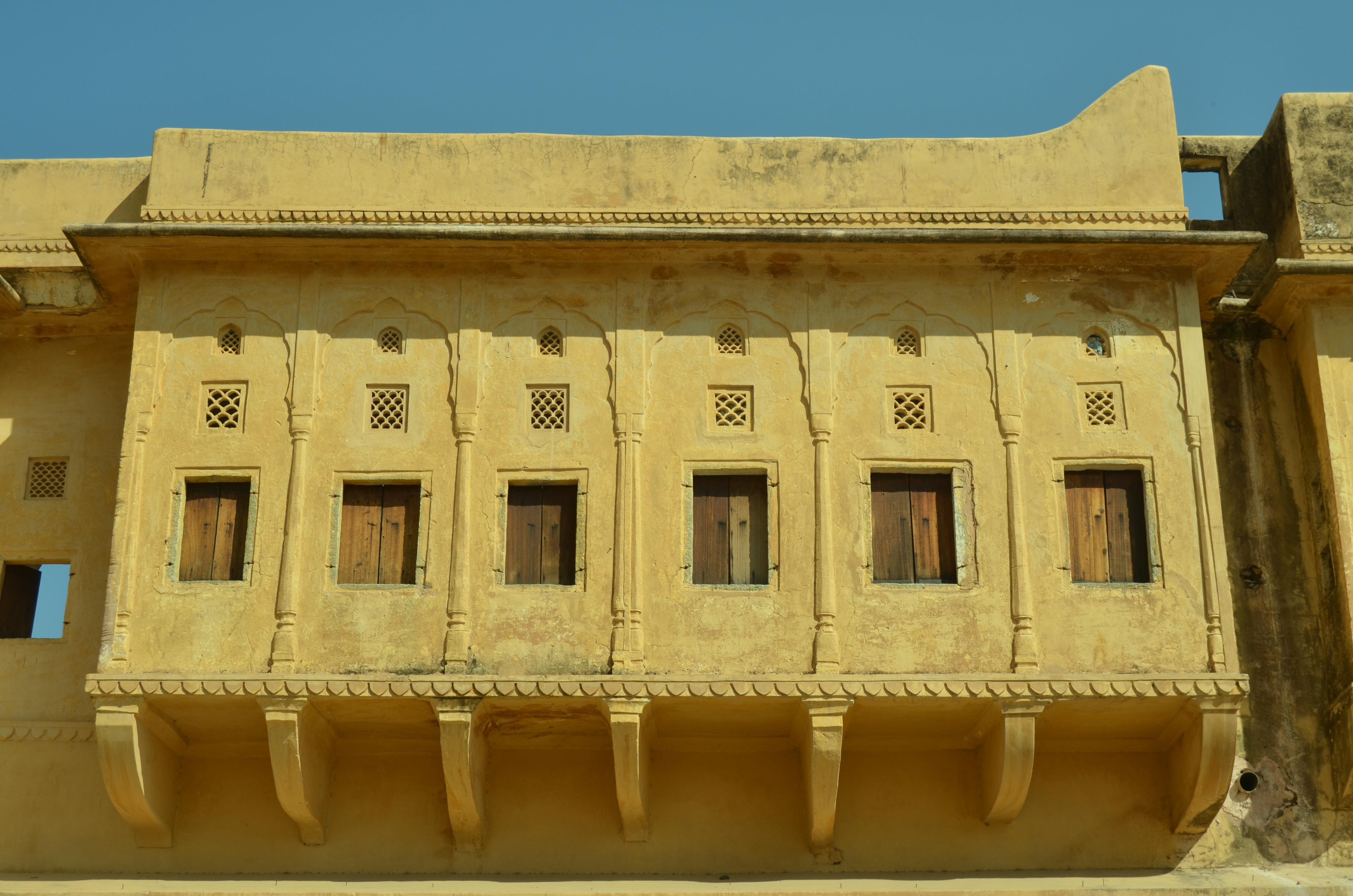
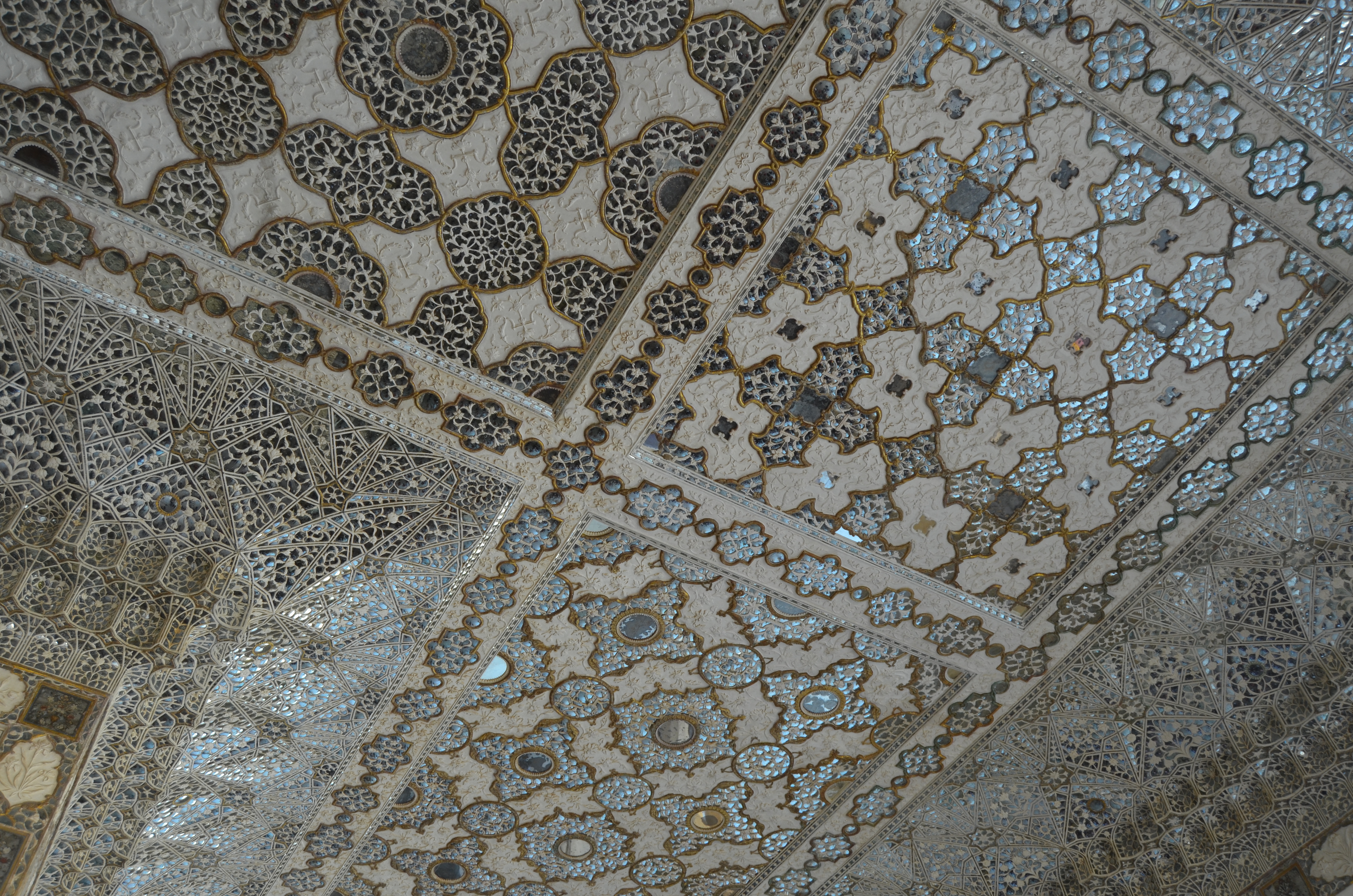
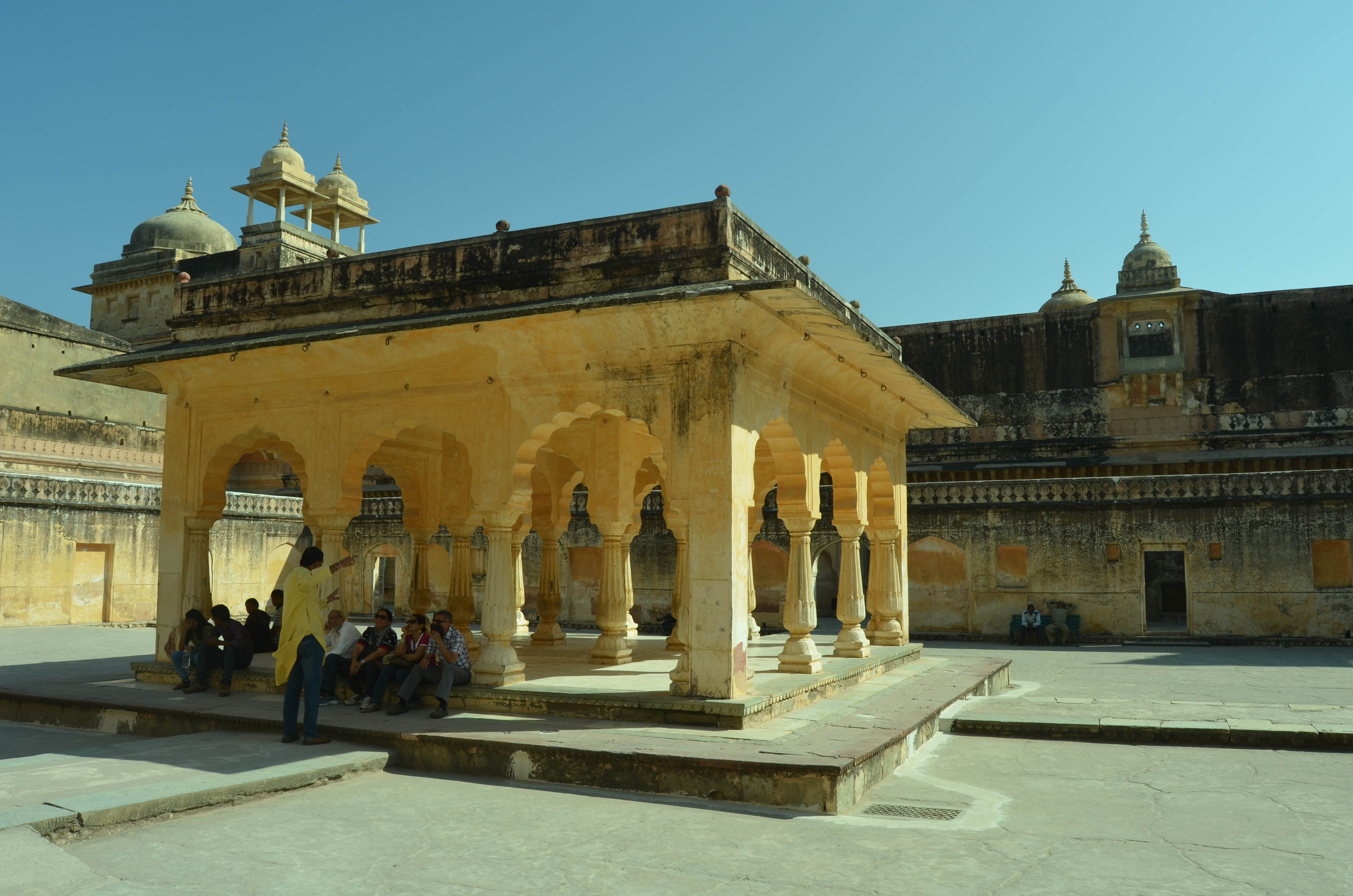
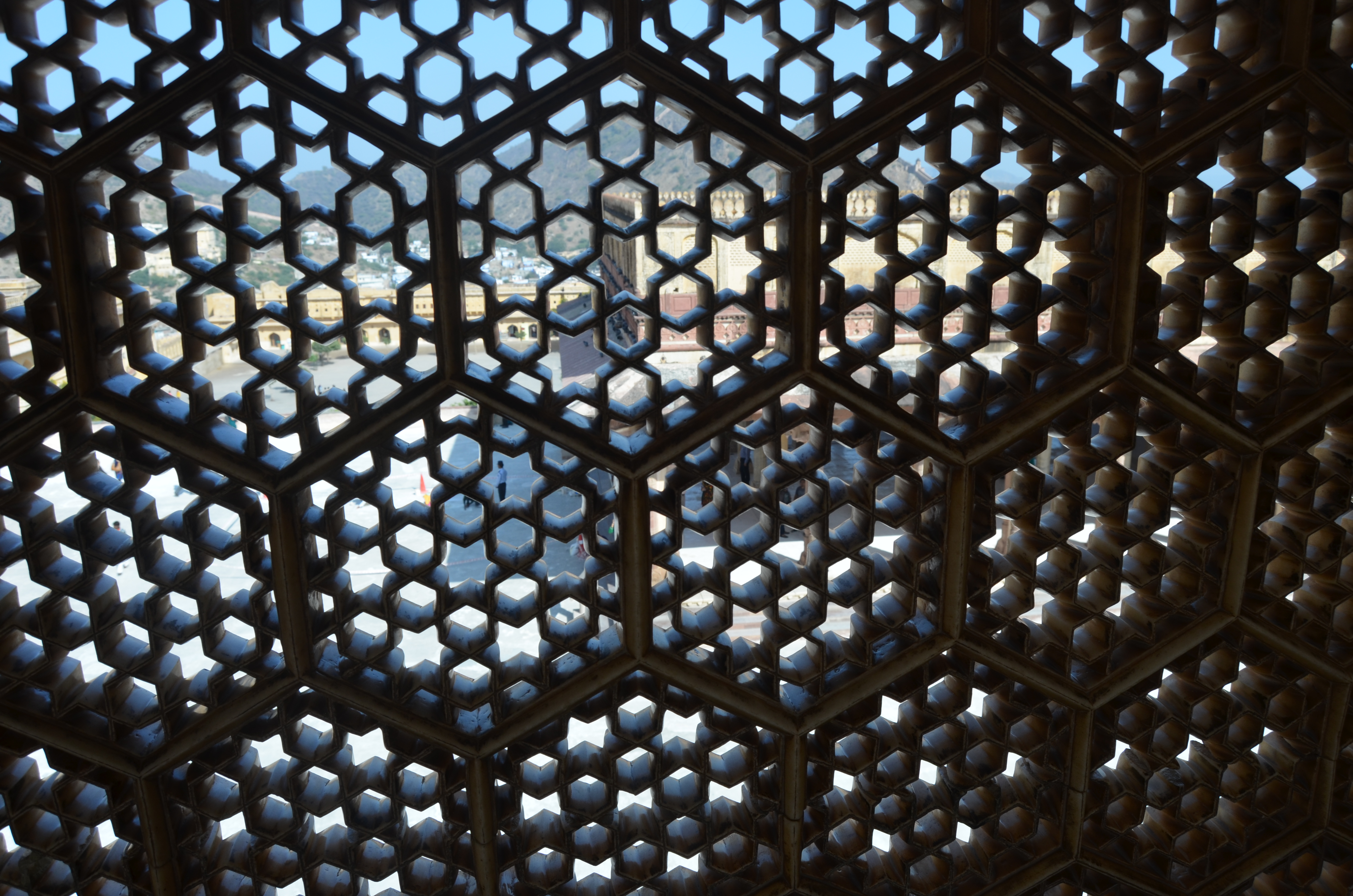
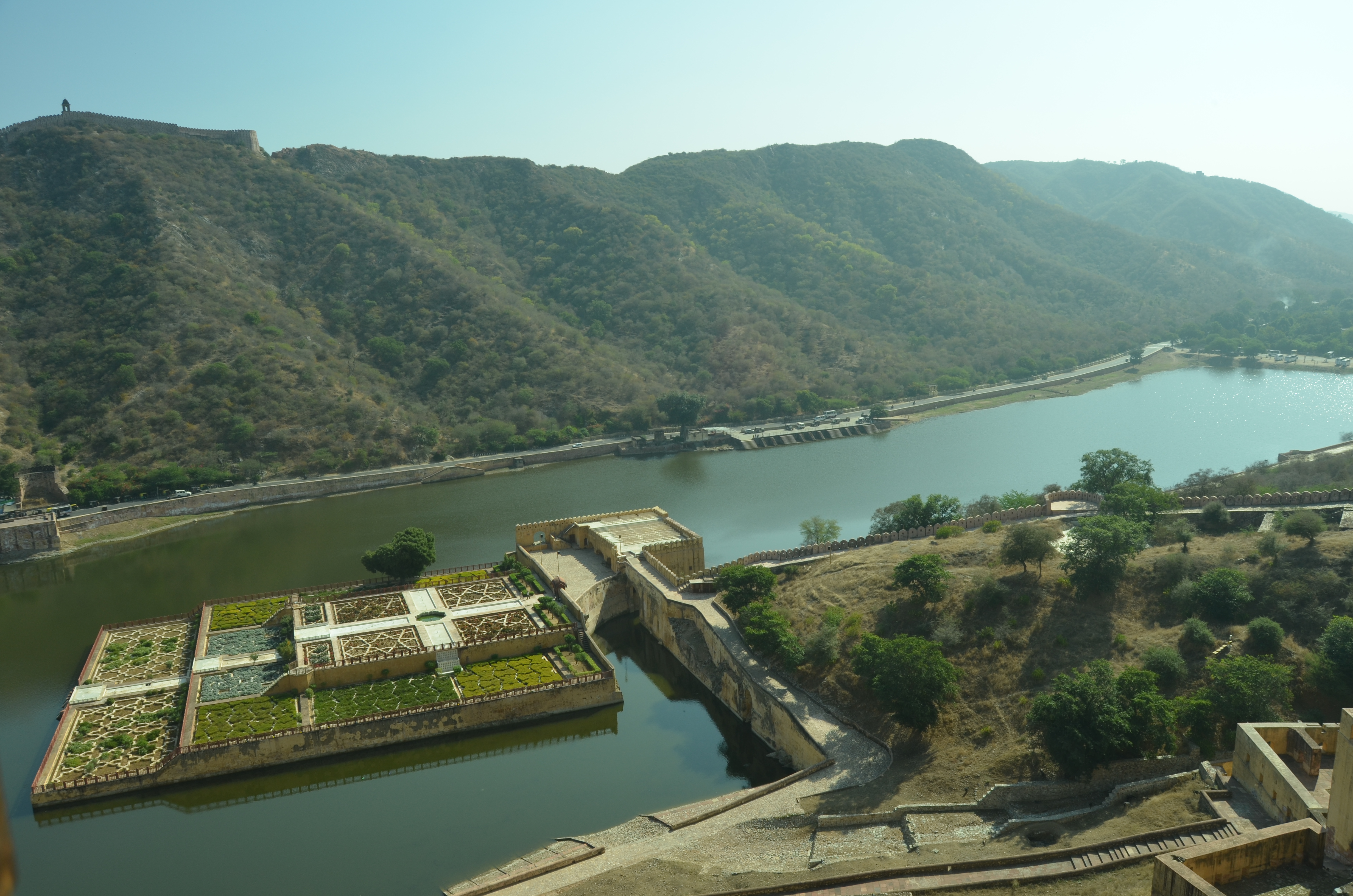
After spending a couple hours at Amber Fort we hopped in Raju’s rickshaw to the Water Palace. It turns out you can’t actually get there these days because someone is working on converting it into a hotel. So, here’s a picture of it with a stray dog cooling off a bit in the foreground (and then one of us).
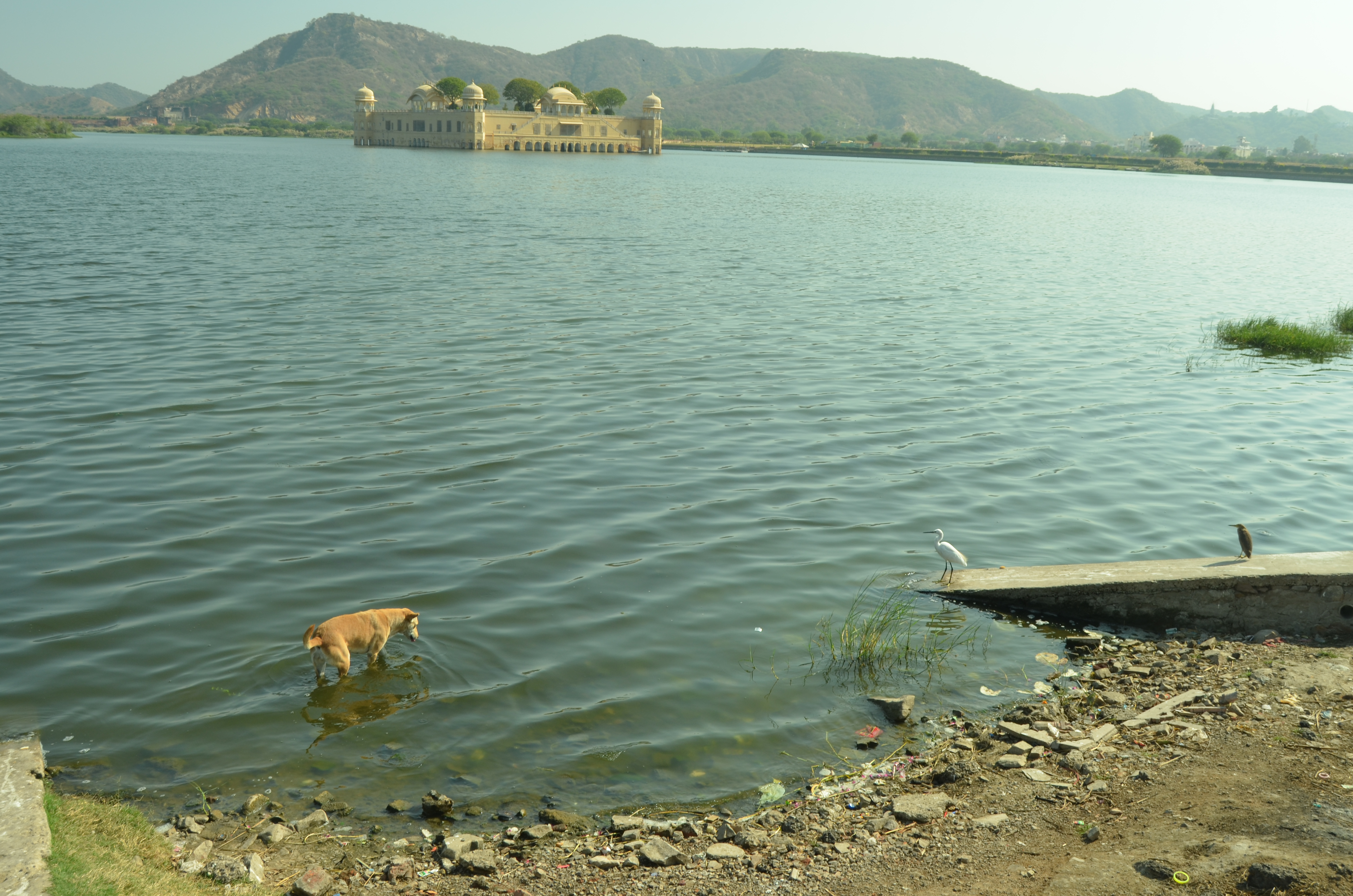
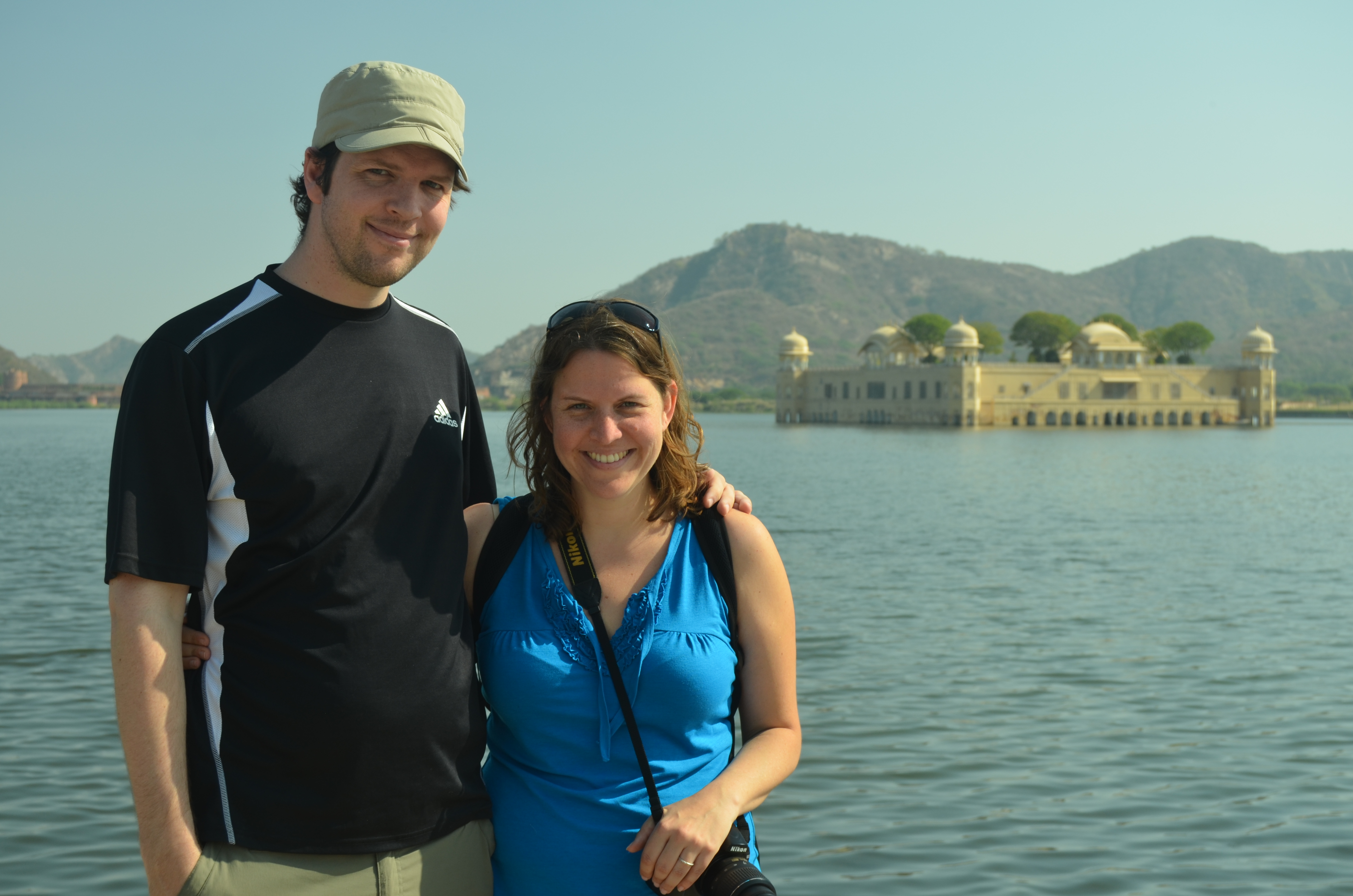
The next stop on the tour was the Monkey Temple. It is known for having a few hundred monkeys living around it. Tourists come and feed them. It was here we learned one of our most notable lessons about being a foreign tourist in India. It contributed a lot to the emotional turmoil that Marisa described in the last post. But first, monkey pictures!
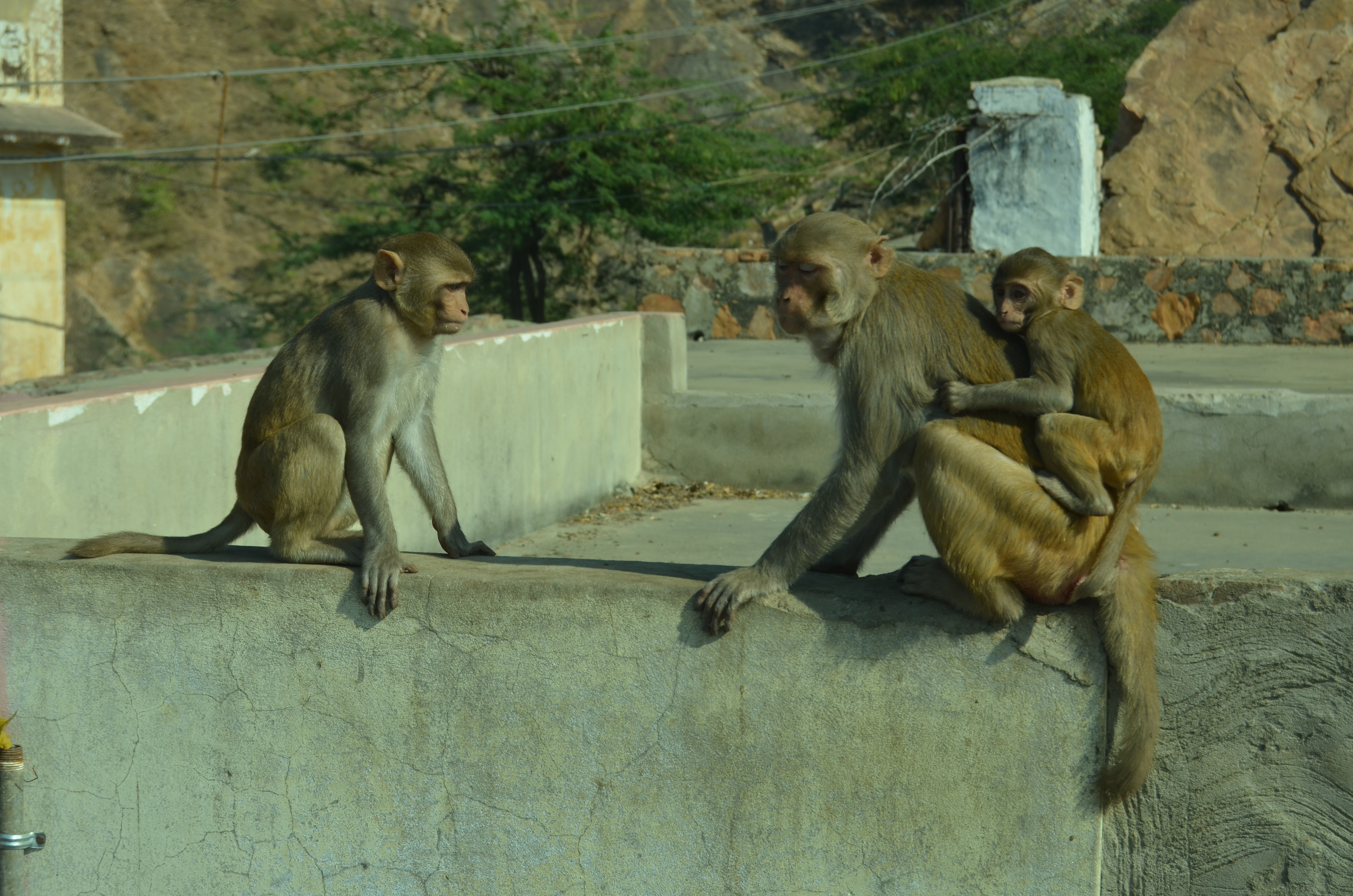
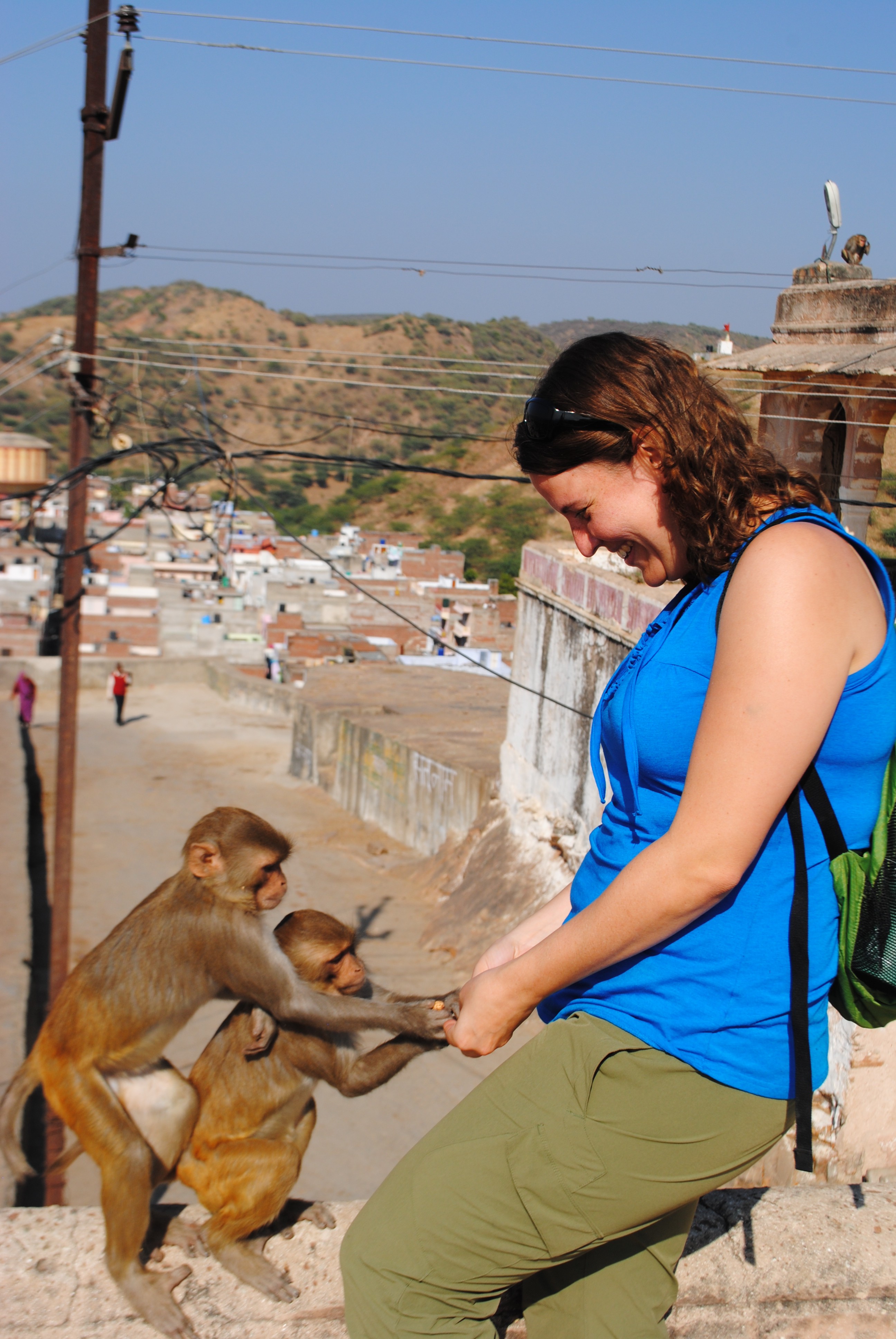
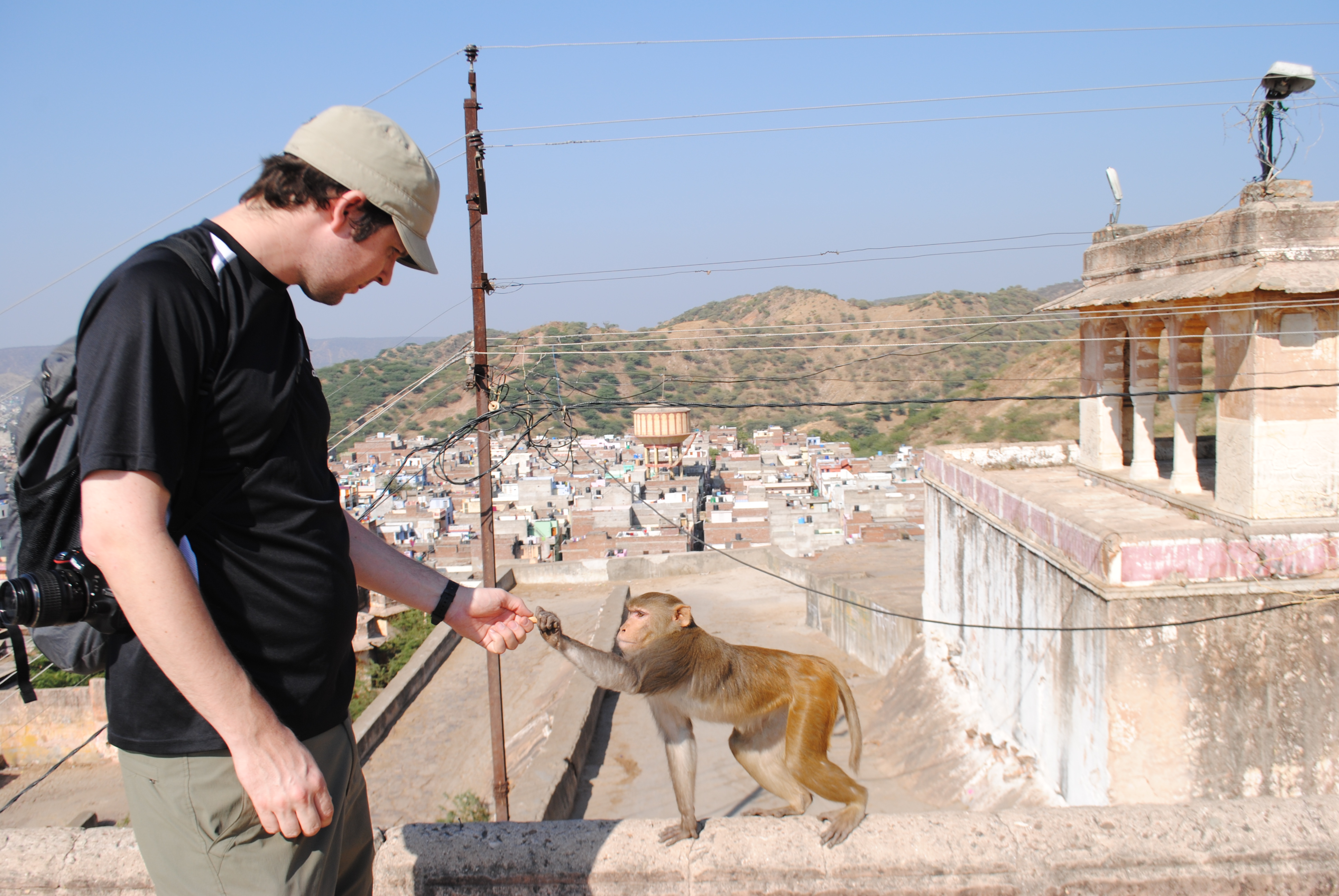
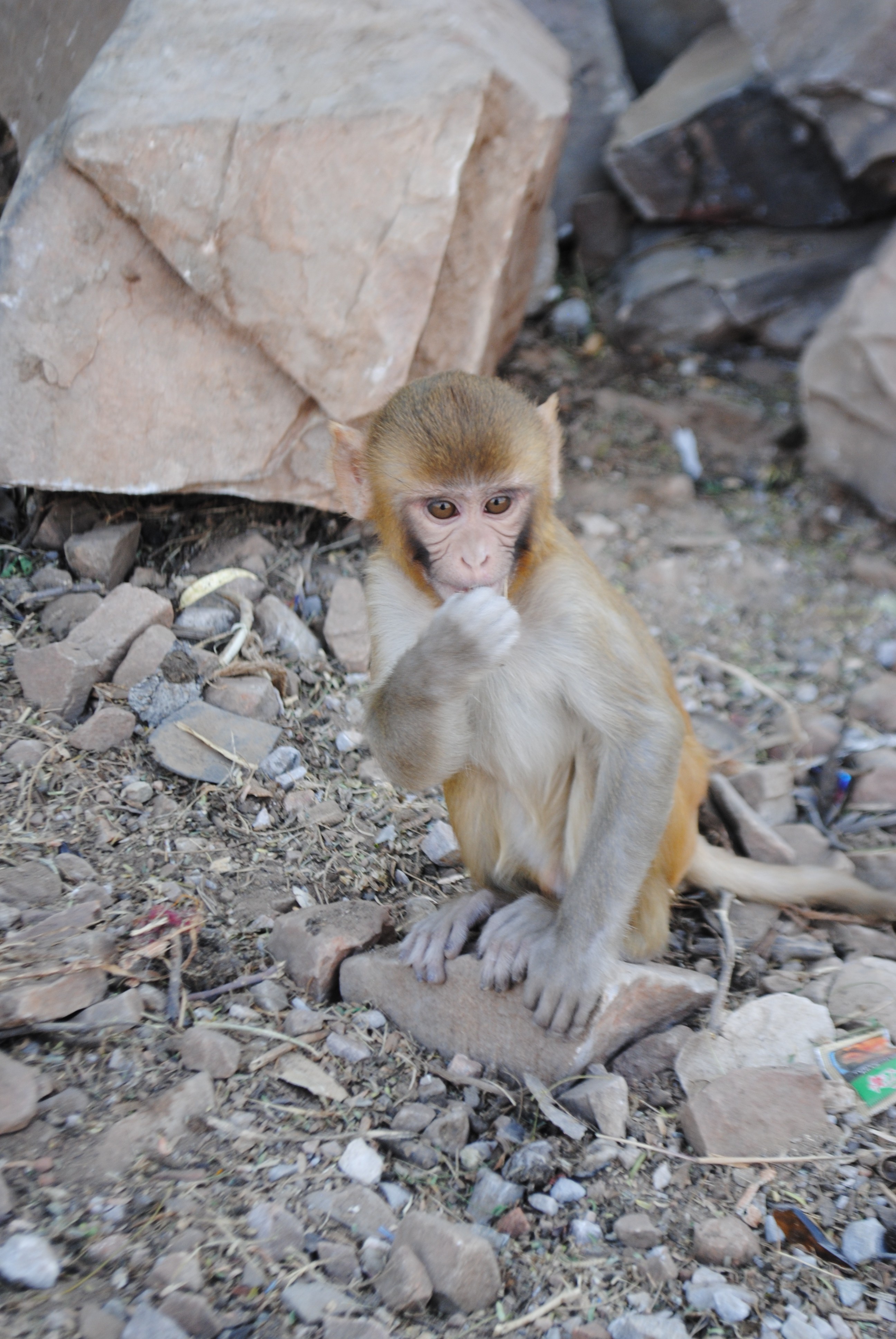
We were taken up to the temple by a local kid named Ganesh. He seemed nice enough and we chatted on the way up. For his services, he said we could pay him ‘as we like’ and we said ‘okay then, 100 rupees’. Apparently, ‘as you like’ means something different in India. He moaned about it enough that we relented, giving him another 100 to alleviate our respective discomfort (as a reference, we’d given 200 to the guide at the Amber Fort for a tour over an hour long, including explanations of everything that we asked about). Even that wasn’t enough! We refused to give him any more and he moped the rest of the way down to where Raju was waiting for us. Some people are just hard to satisfy, I guess.
The next day we struck out on our own with no Raju to chauffeur us. We re-visited the Pink City to see the Jantar Mantar, the Hawa Mahal, and the Central Museum in Albert Hall.
The Jantar Mantar is in the heart of the Pink City and is one of the most famous sights in Jaipur. This place was pretty incredible. It looks like some kind of absurdist playground filled with steel wheels, crescent-shaped slides, and stairways to nowhere. It makes no sense until you listen to the audio guide. Even then it’s hard to follow if you don’t have a basic background in astronomy. It turns out the strange sculptures are all astronomy tools designed and built by Jai Singh in the 1700s. Most of them are sun dials of one sort or another. There are also tools one can use to plot out where things are in the sky. My astronomy kung fu is pretty weak so I can’t give you a good explanation of most of them, but here are some pictures along with what I can remember.
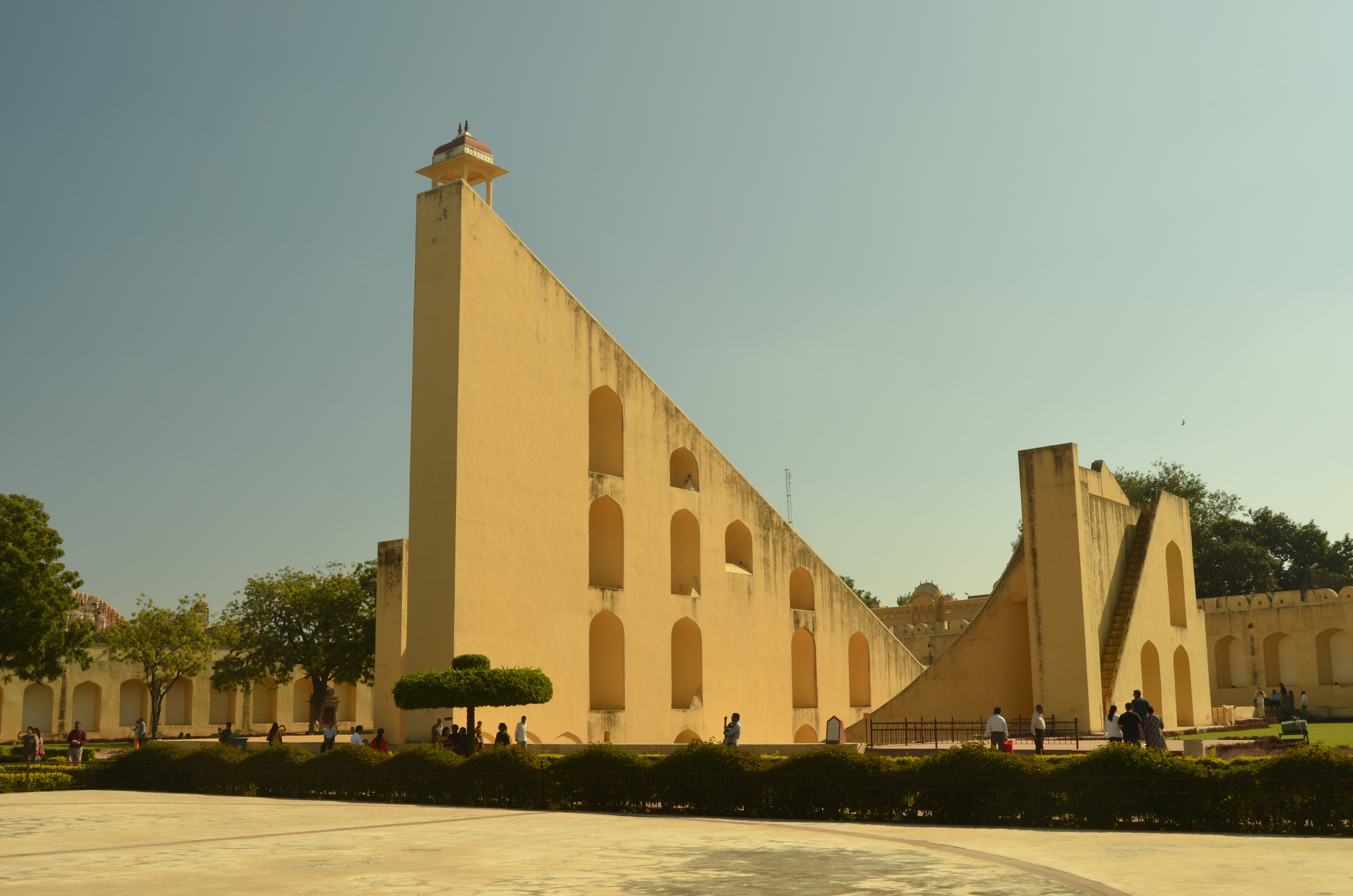
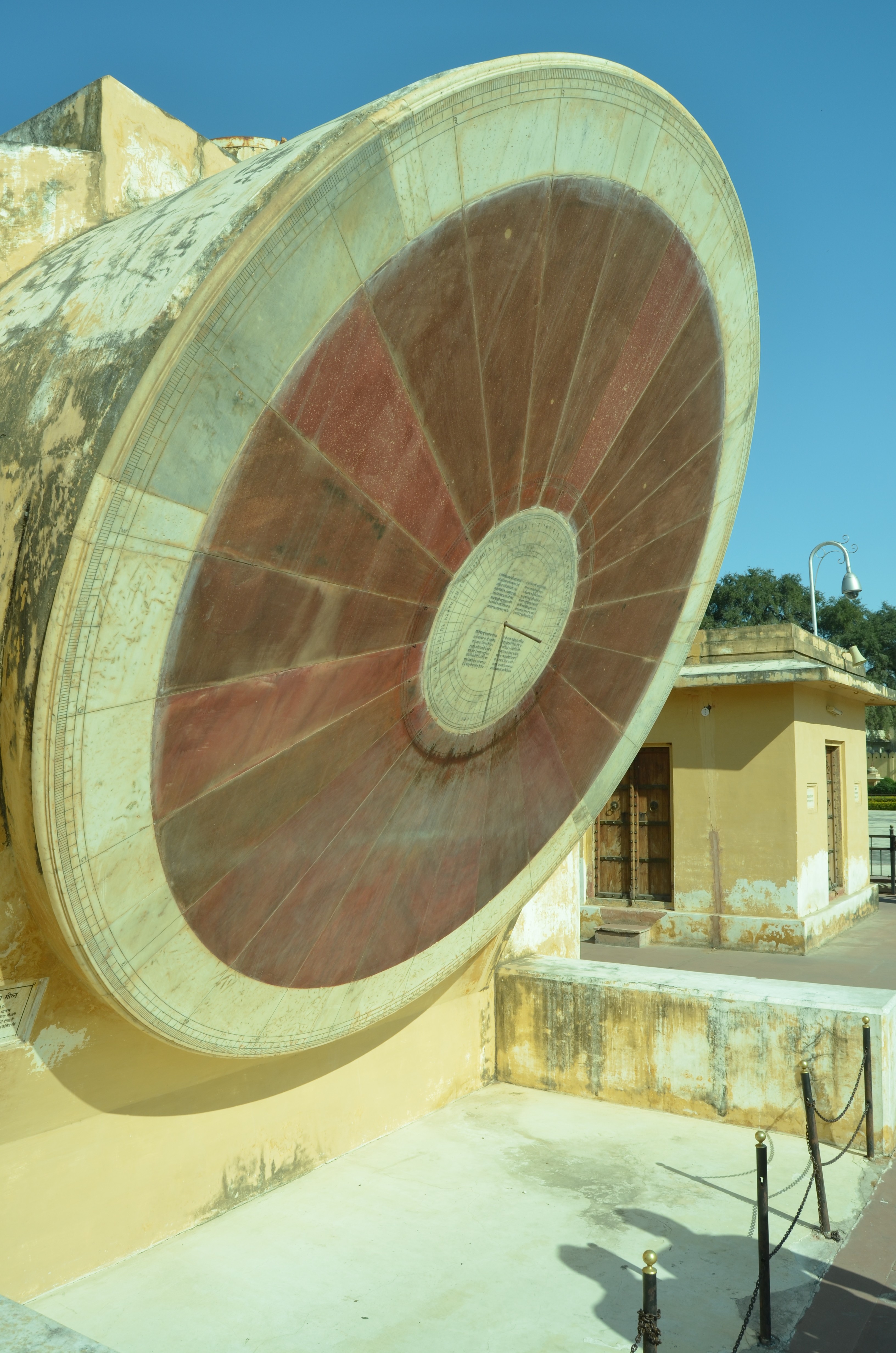
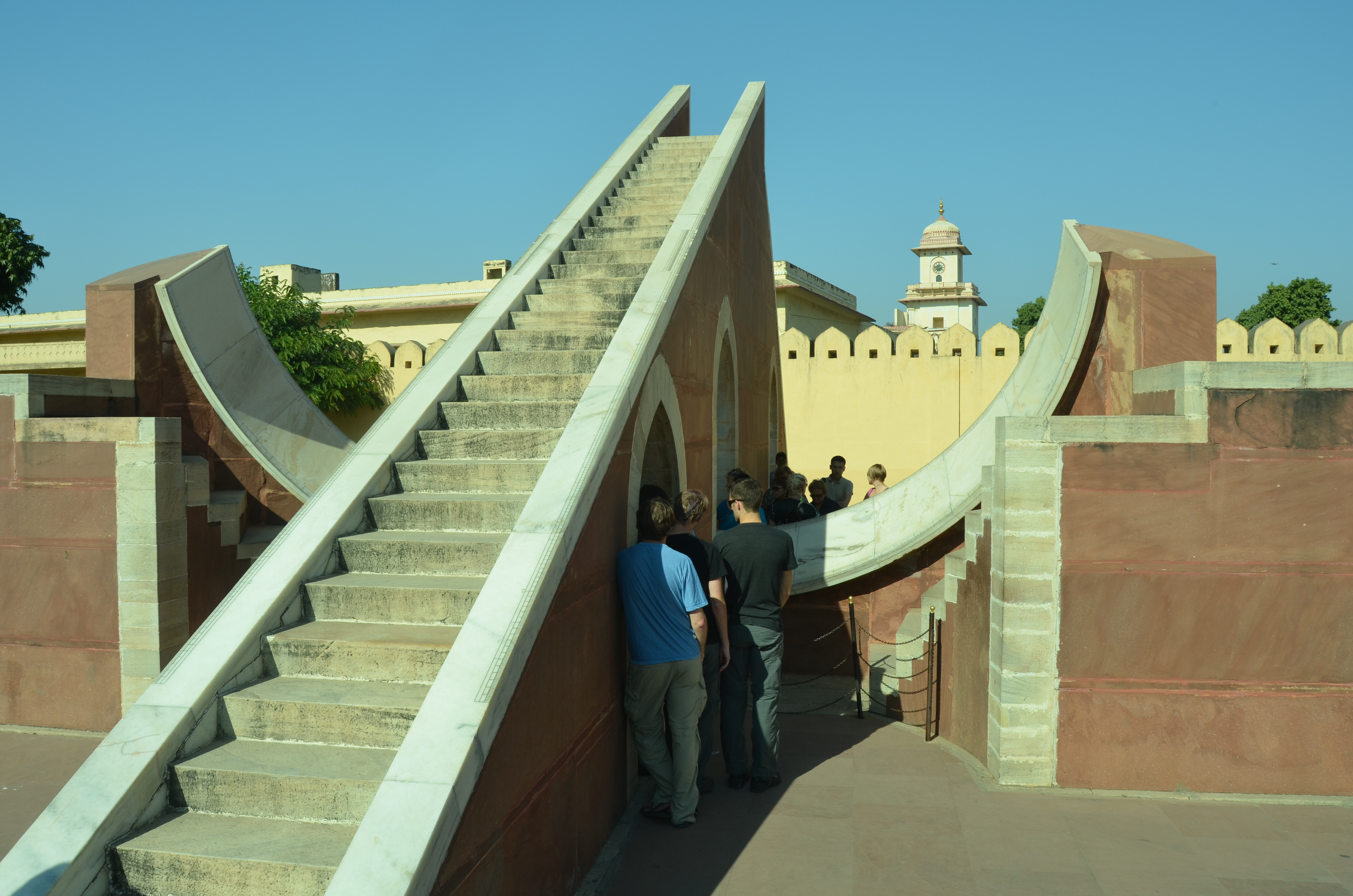
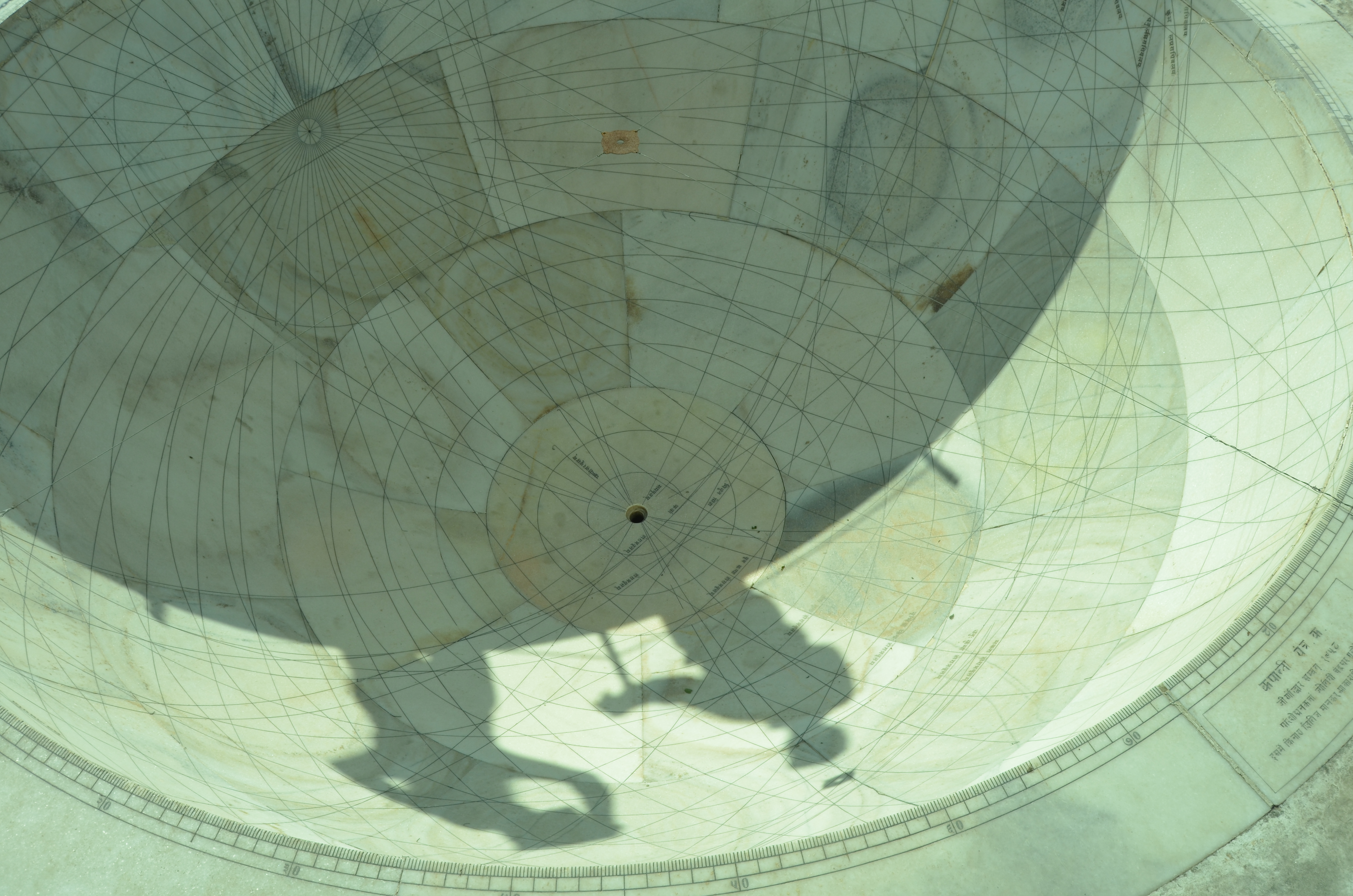
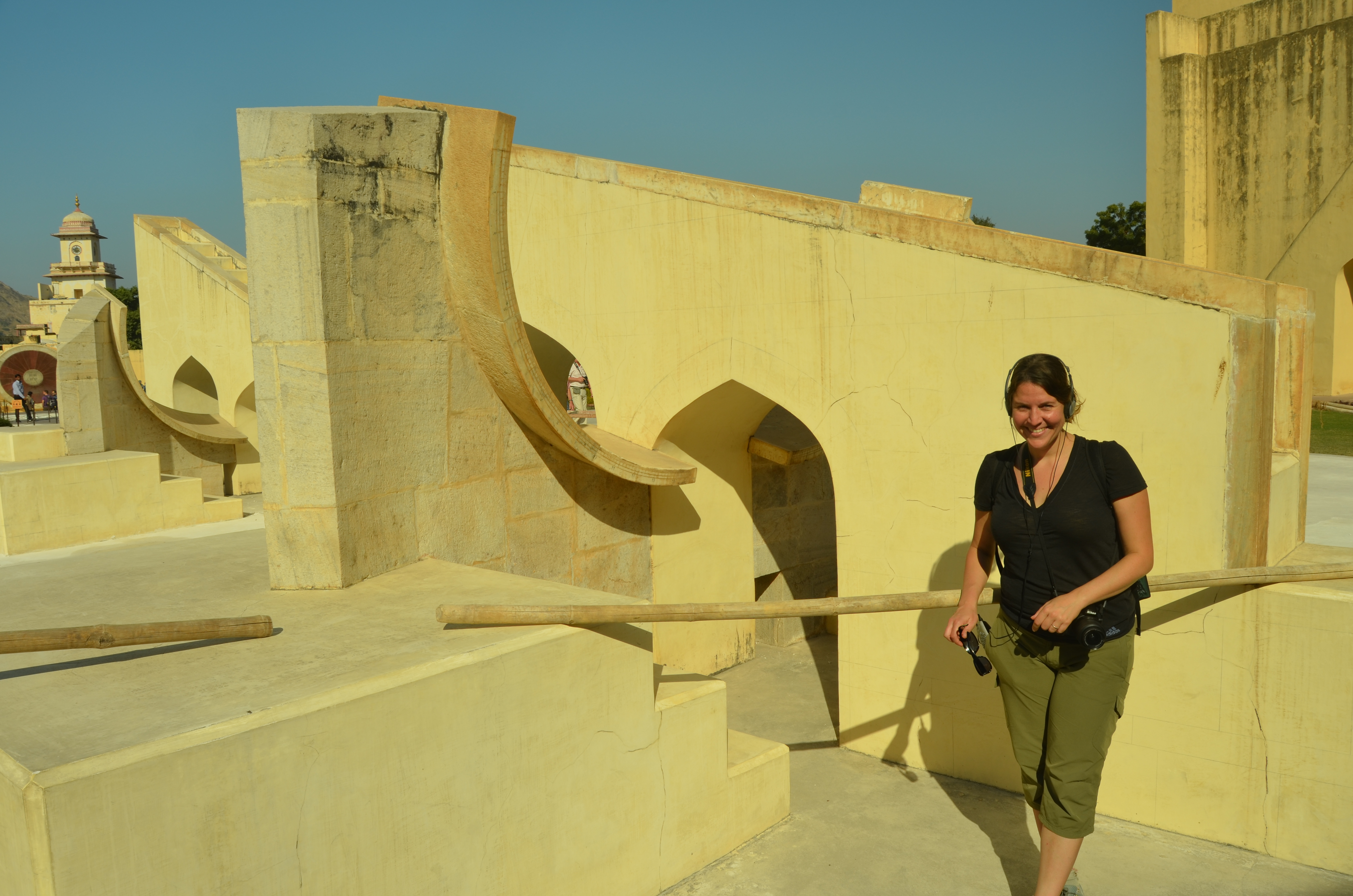
After Jantar Mantar we went to the Hawa Mahal, part of the larger City Palace. This wasn’t quite as intellectually engaging as the first site but we still enjoyed wandering around. The architecture is beautiful and you get some nice views of the street.
Our third sight (site? sight? I’m never sure which to use…) was the museum in Albert Hall. We took some alleys to get there the Pink City to and got a glimpse of how active the trade in the city is. Each area in the alleys seemed to have a different trade. The ones that we walked through started off as stationery (for weddings?) and then went into typesetting and stamps, and then finished off with textiles. We were the only tourists walking through and it felt really cool to see a more ‘hidden’ part of the city.
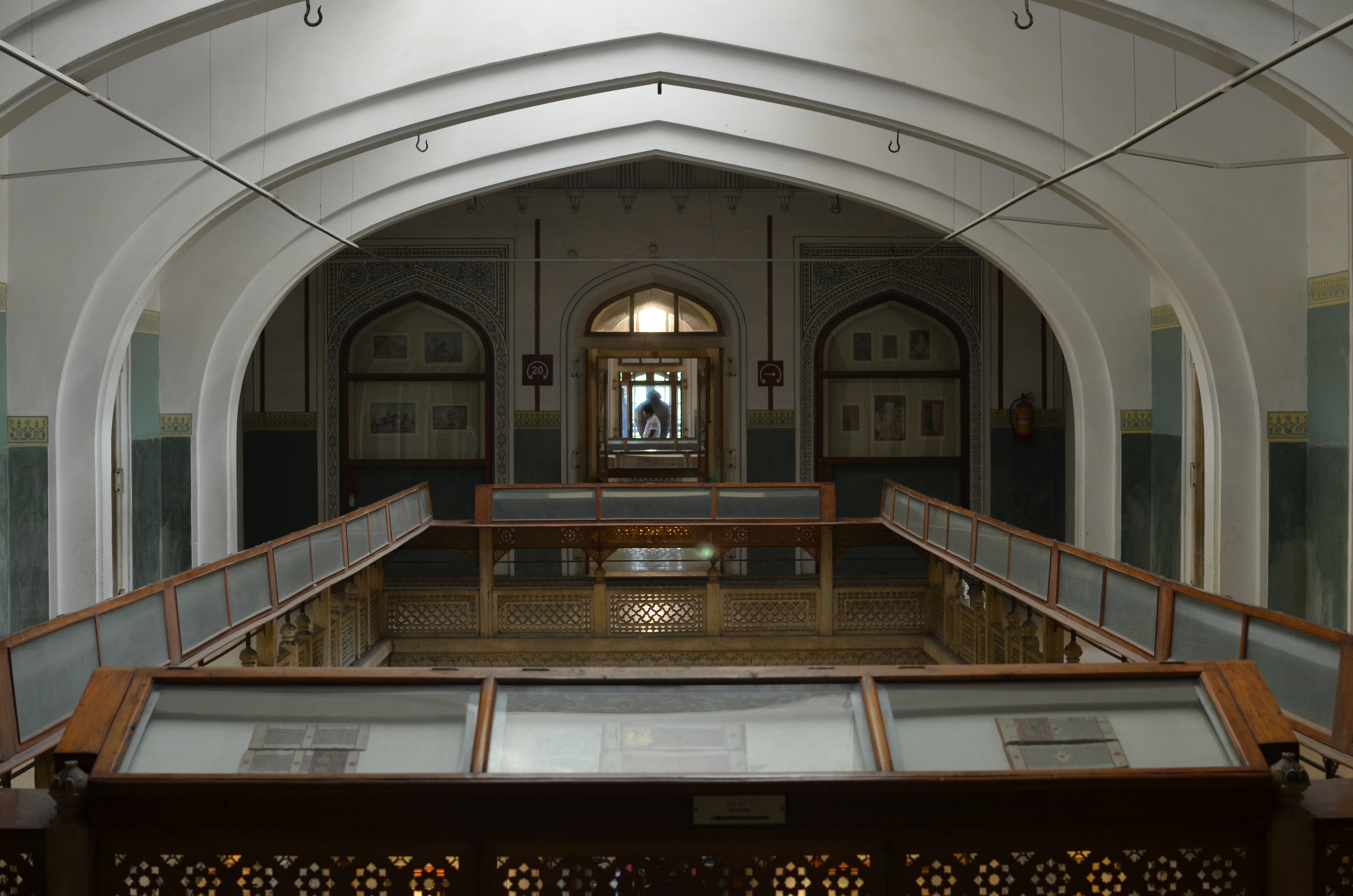
The museum was just okay. The building has a different style of architecture and some of the artifacts they have on display were cool. On the whole I’d give it 3 out of 5 stars.
The stuff we did in Jaipur doesn’t really convey how much we enjoyed being there. While the sights we saw were lovely, we got a lot more satisfaction from both being in a more comfortable city but also being more comfortable with being in an Indian city in general. We were able to negotiate rickshaw fares, walk around without feeling self-conscious, and had become used to the various little things that make Indian cities so unique and challenging. We were happy to leave northern India behind us and Jaipur gave us a nice sendoff.
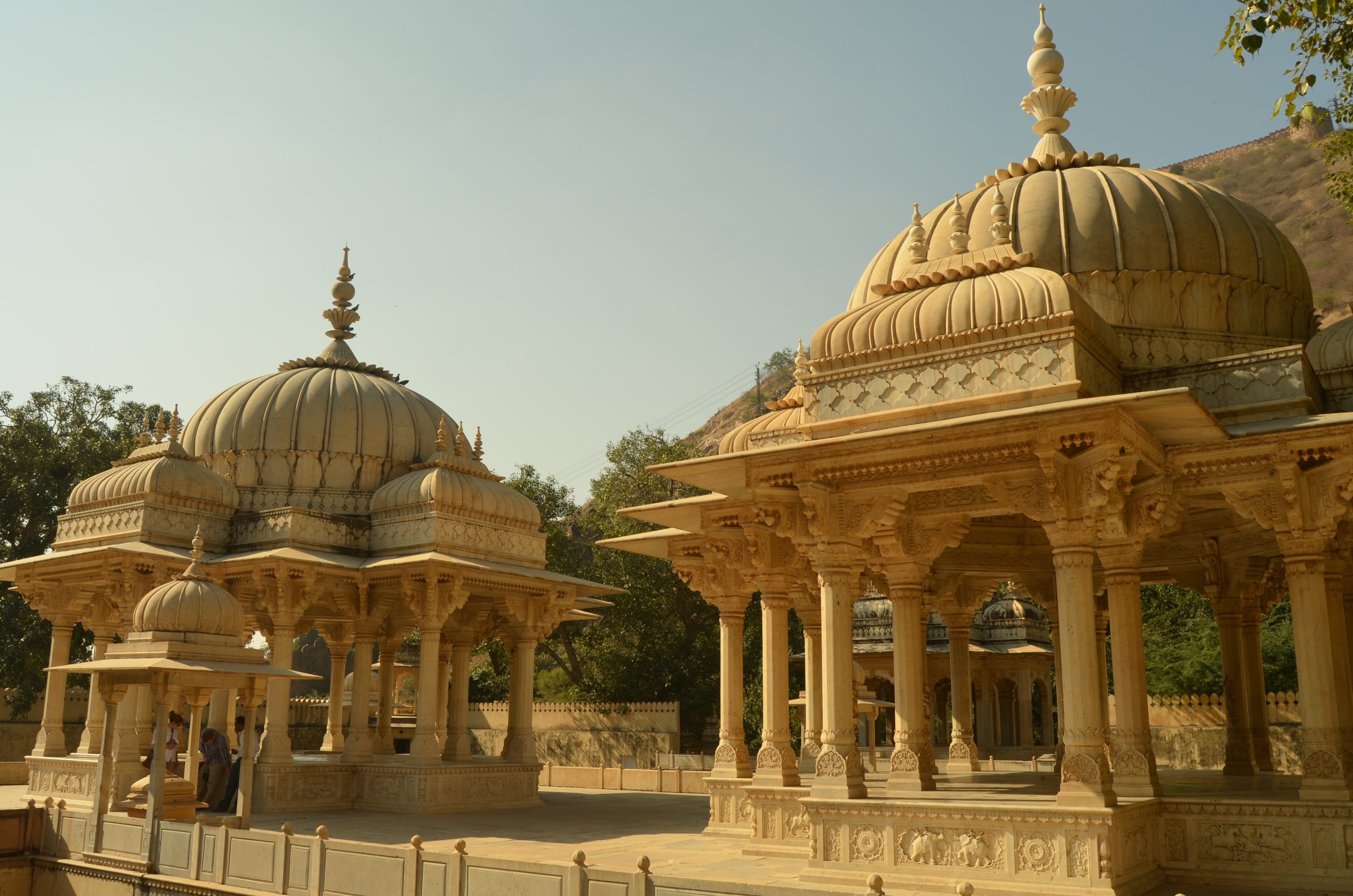
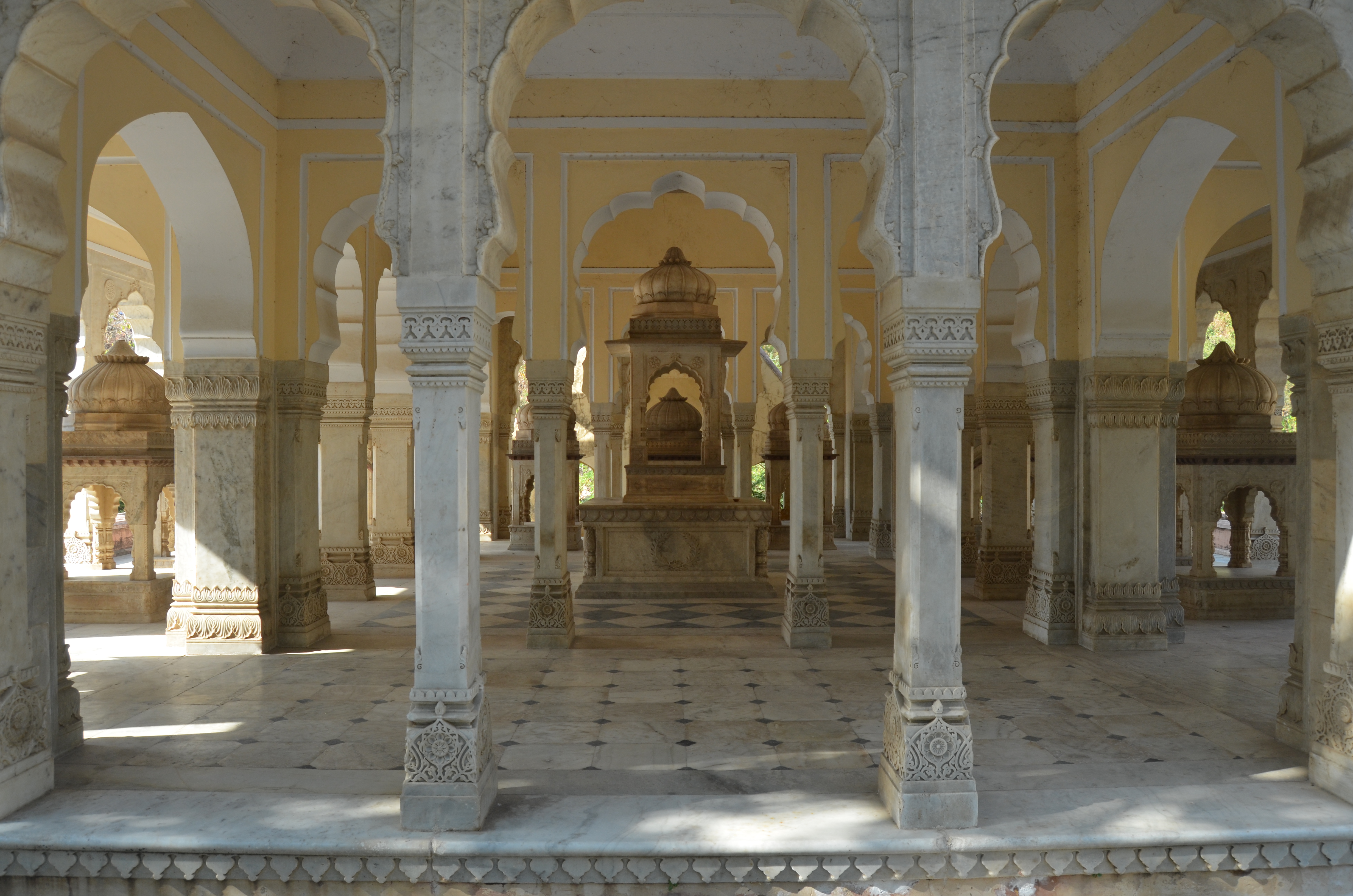
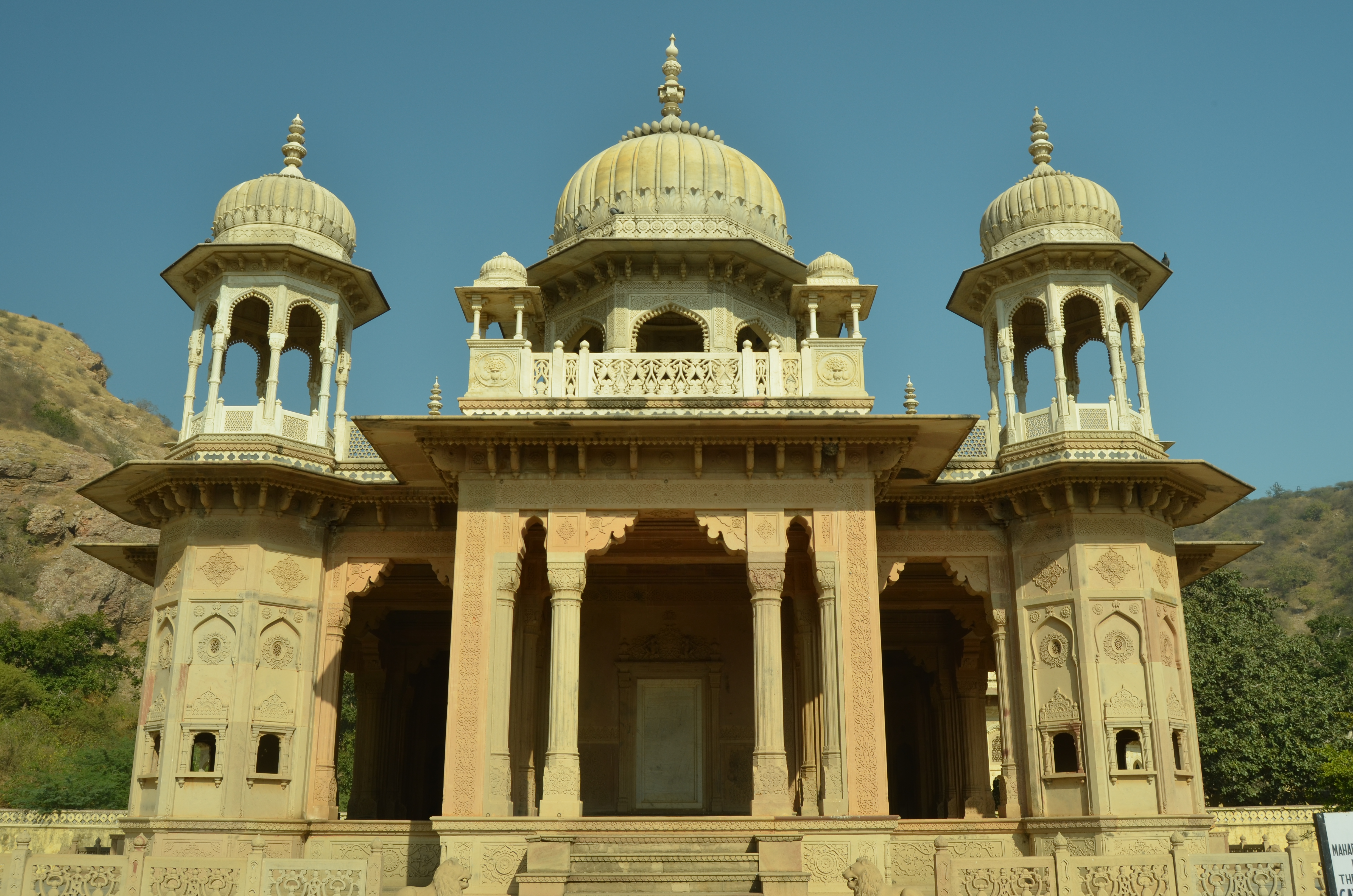
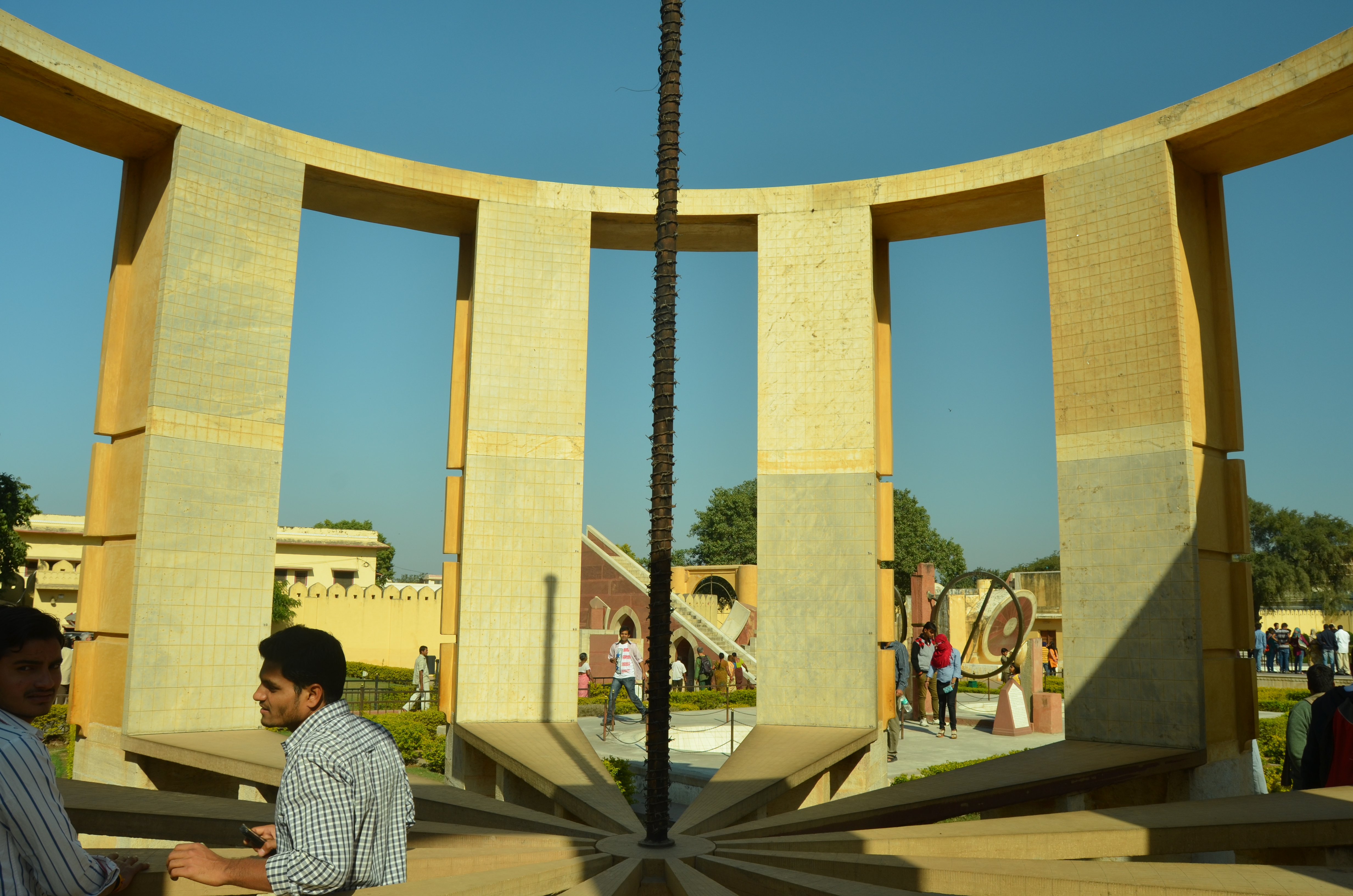
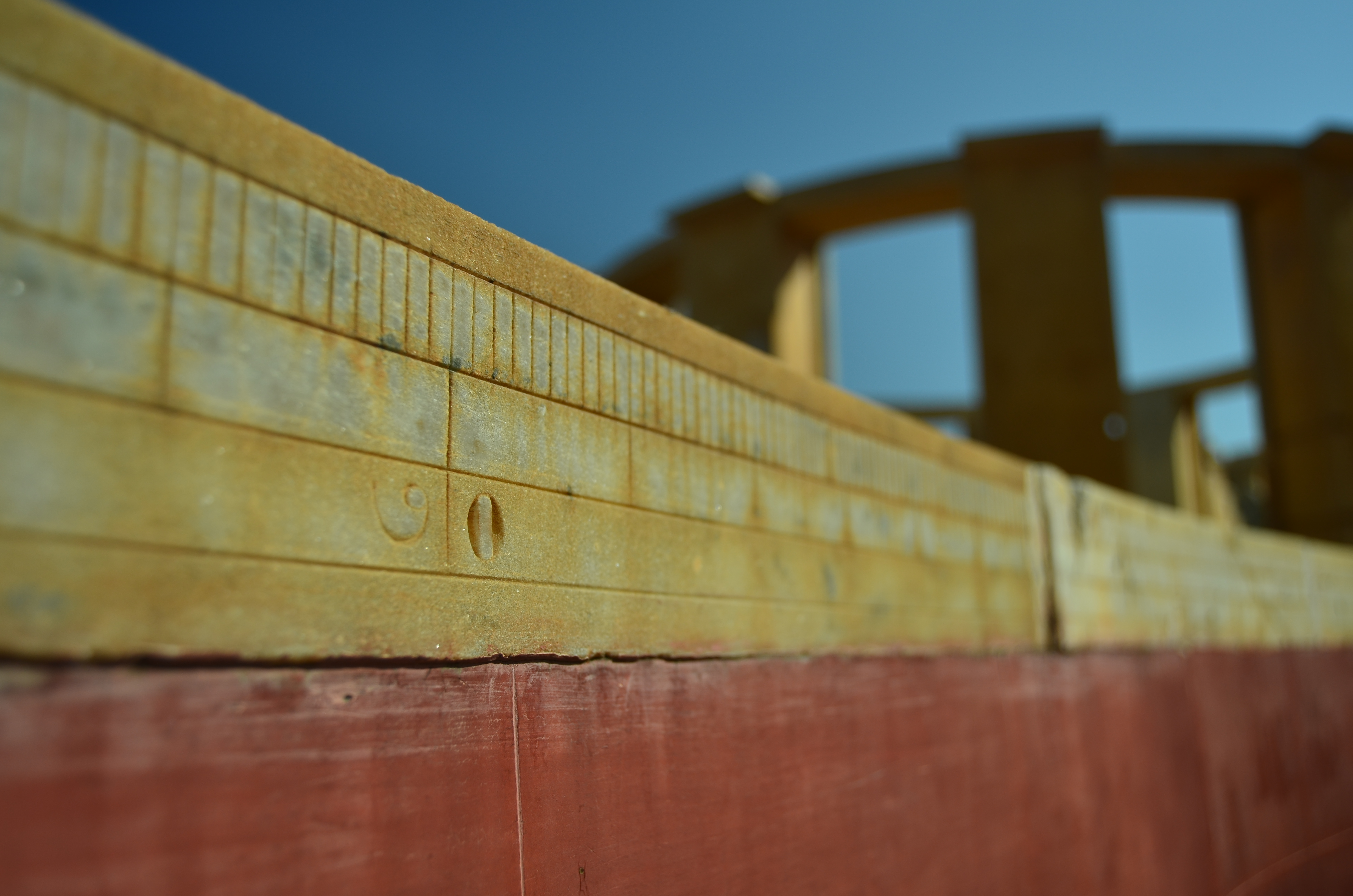
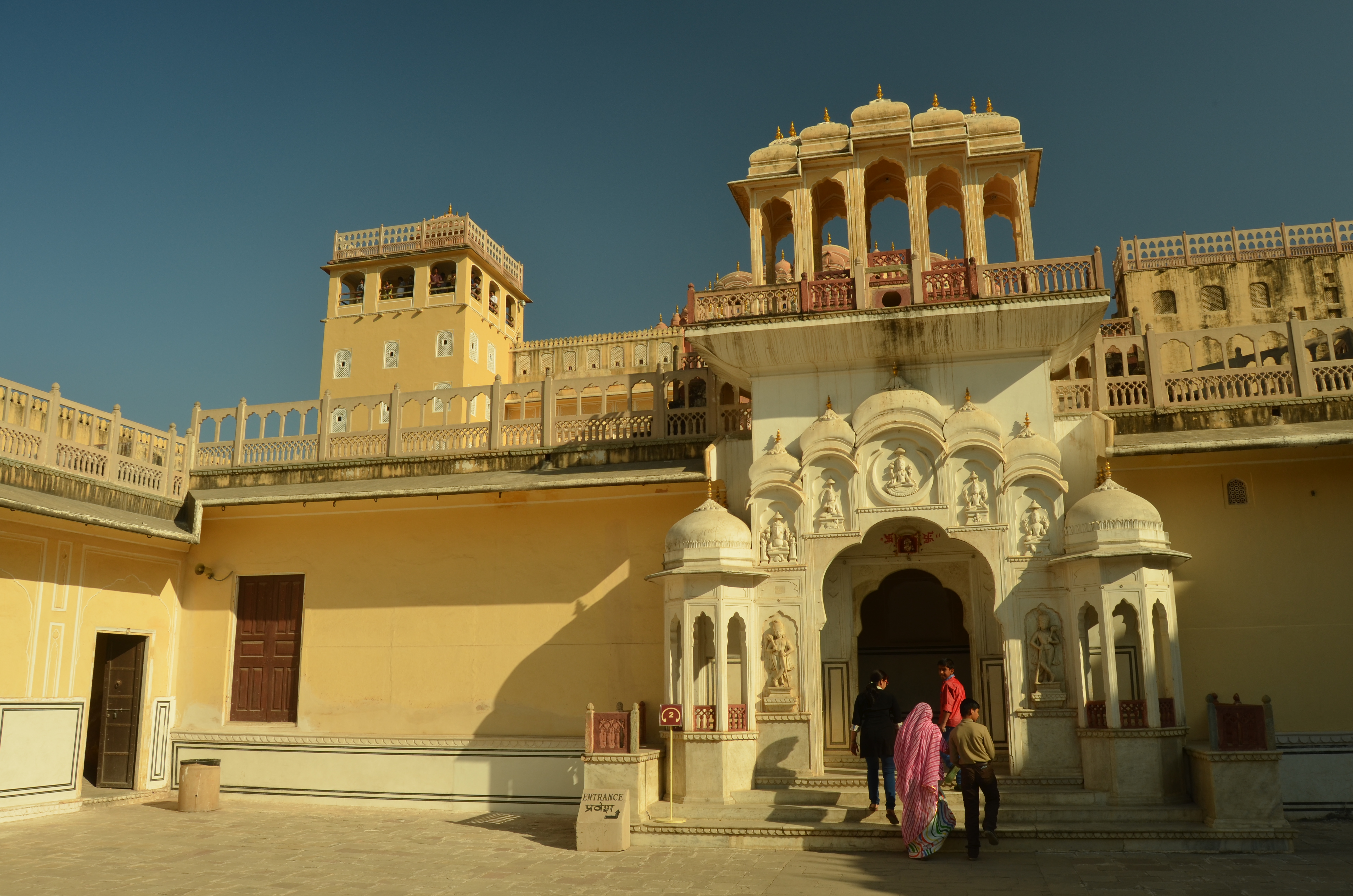
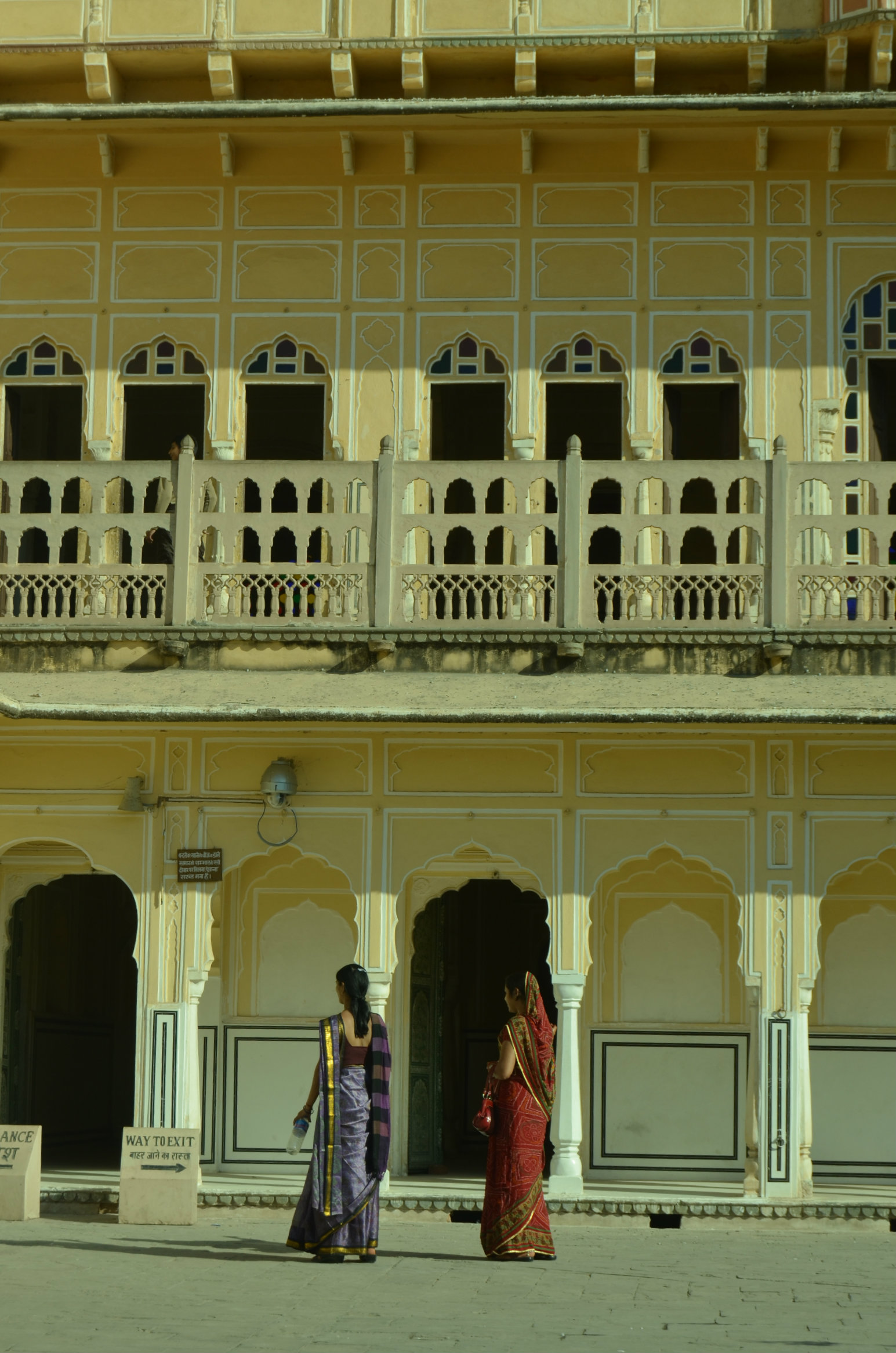
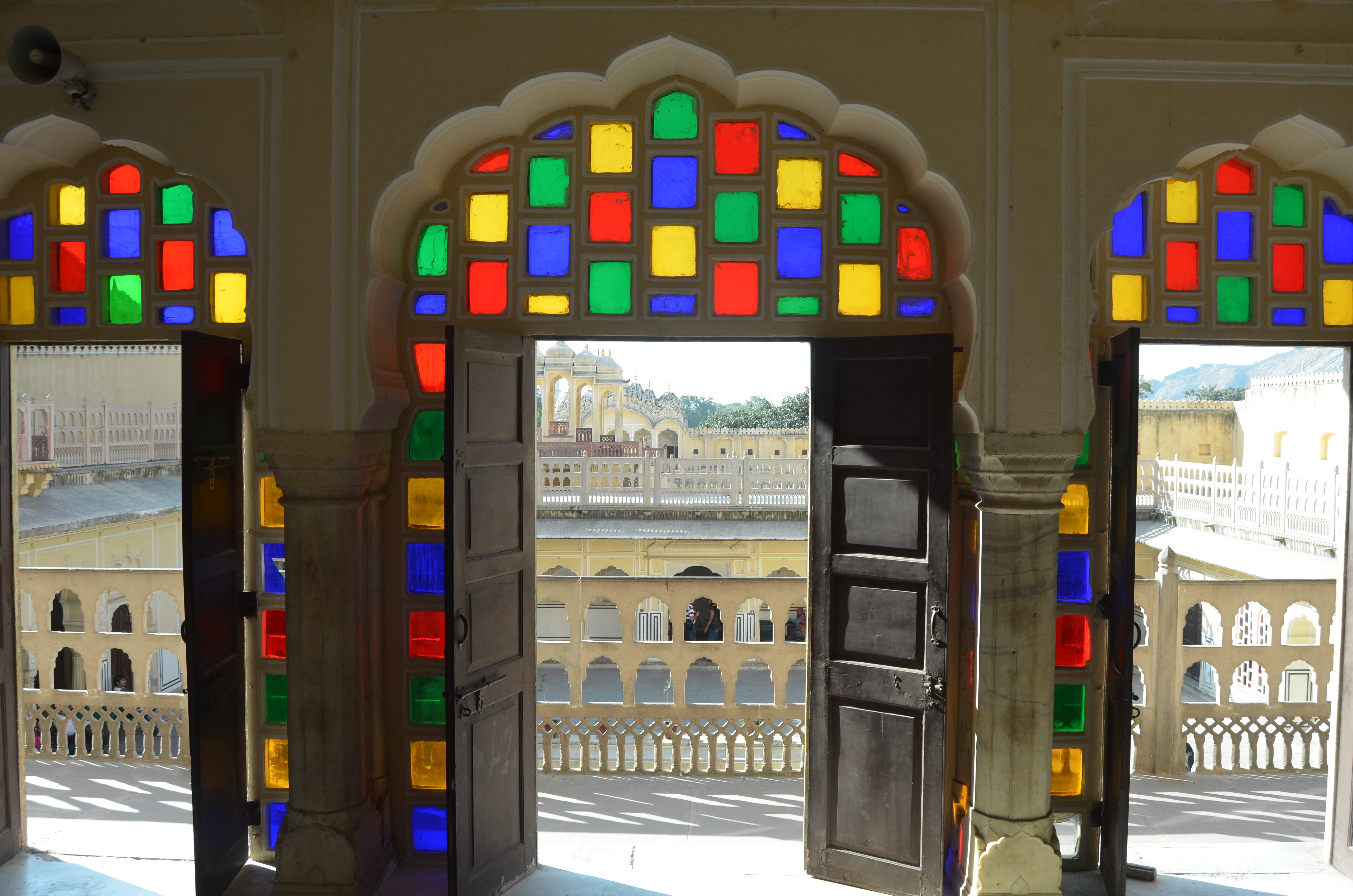
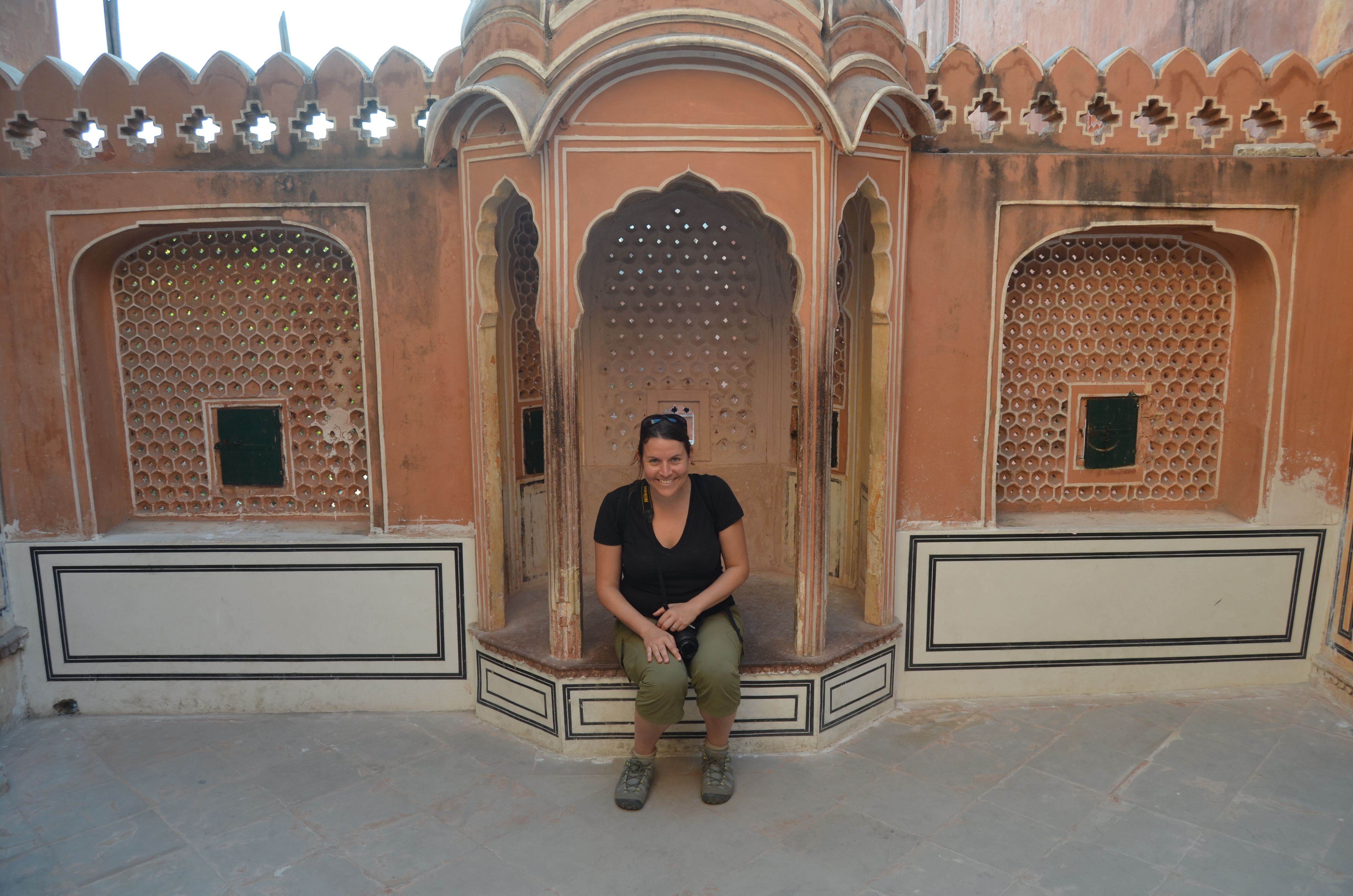
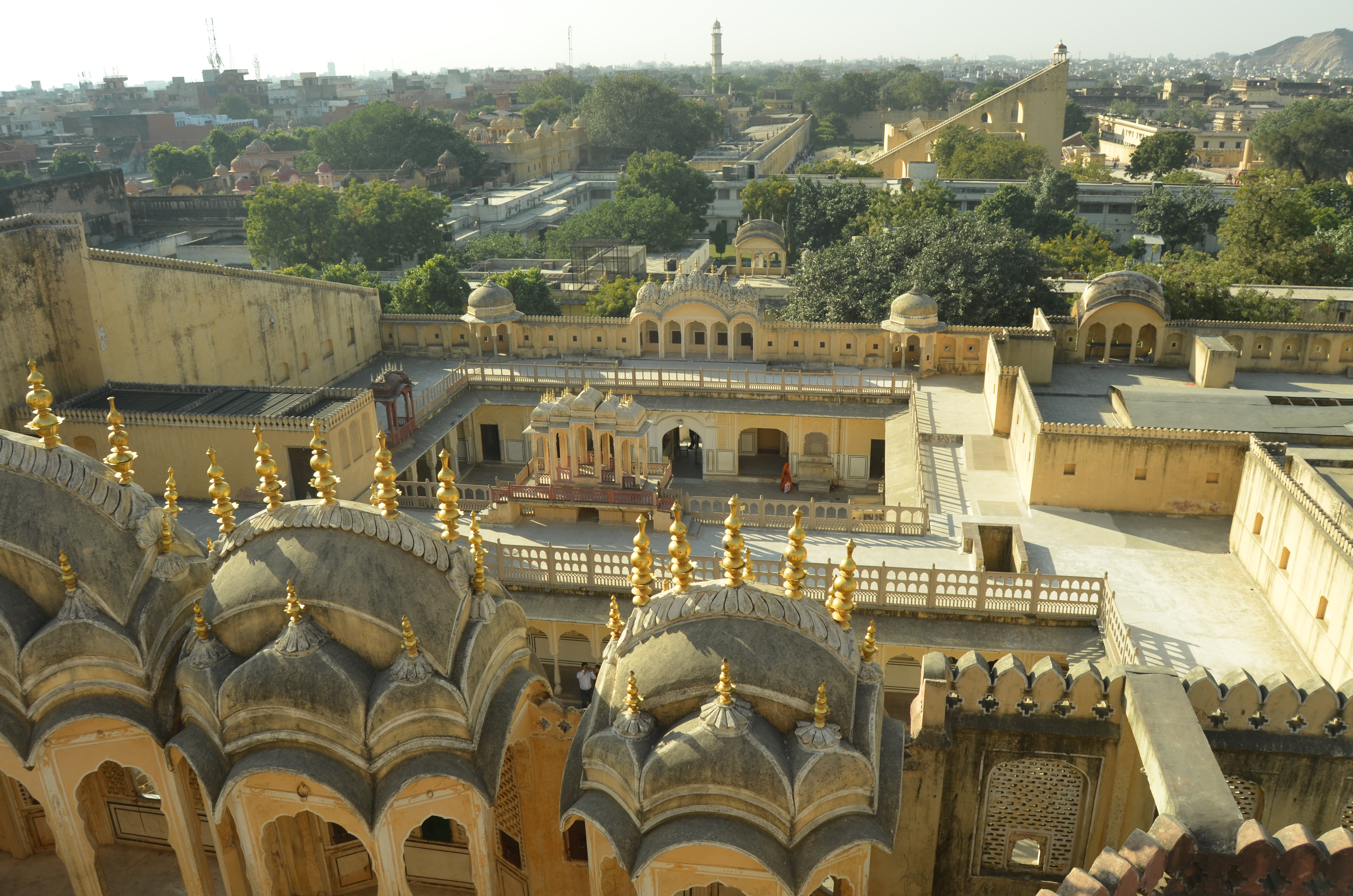
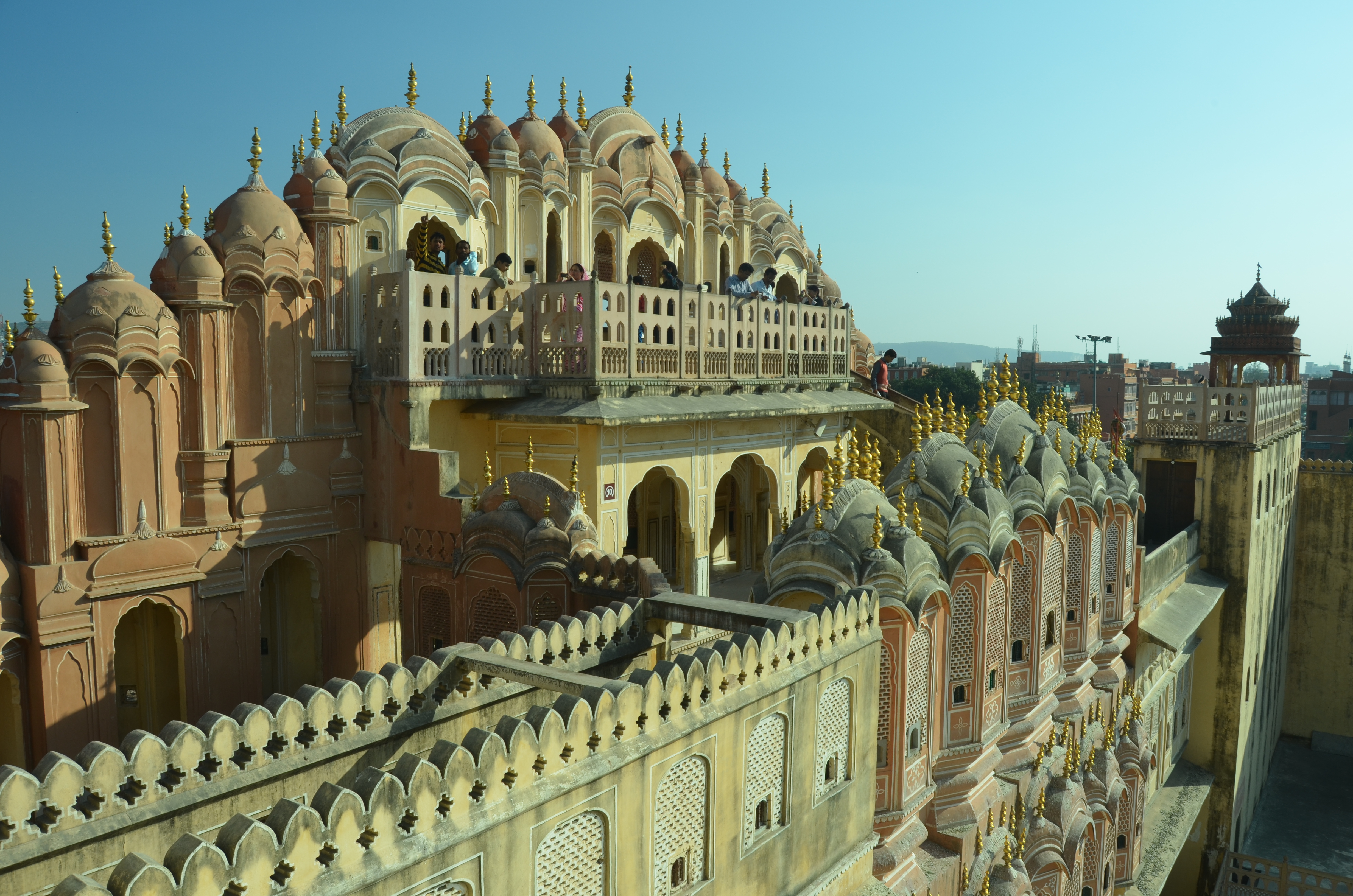
One response to “Ranthambore/Jaipur Part II: Land of the Monkeys”
Those monkeys are so CUTE!!! And the jumping for joy photo is pretty untouchable too-ha!!